Gardening in cottage country. Ah, the whispering white pines, the towering red oaks and sugar maples, the lacy hemlocks, the shimmering trilliums… and the pee-gee hydrangeas?
It is a strange paradox that when people head to their summer retreats in Muskoka, Georgian Bay or the Kawartha Lakes (or any other wilderness area), they often feel the need to recreate the type of manicured city landscape they left behind – one that fails to capture the unique sense of place inherent in the spectacular, rugged terrain of cottage country. After all, don’t we seek escape to a granite island or forested shoreline in order to appreciate nature in the wild, not to subdue it with our own sense of urban decorum?
But when that decorum includes a Kentucky bluegrass lawn sweeping down to the lake’s edge, one that needs fertilizing to stay green and mowing and edging to stay neat, it seems to me that we have not only turned our backs on the notion of wildness, but threatened it as well. We should all be aware by now that fertilizer runoff has a harmful effect on water quality, increasing the phosphorus levels, encouraging the growth of algae and adversely affecting the shoreline habitat for fish. But apart from the environmental effect of a lakeside lawn, the idea of having to replicate the humdrum chores of an urban back yard at a place where you should be snoozing in a hammock, reading the latest bestseller, and kicking off your summer sandals just seems wrong.
Of course, the ideal cottage landscape is the one that’s been altered the least, the one that retains the native low-bush blueberries, blackberry, black chokeberry, wild raspberry, bearberry, myrtleberry and sand cherry, below.
It’s the landscape that respects the bush honeysuckle, the creeping dogbane, white meadowsweet and common juniper, while rejoicing in the mayflower, wild strawberry, violet, Solomon’s seal, trout lily, trilliums and red columbine.
It appreciates the bracken and marginal shield ferns in the dry places, the cinnamon and royal ferns in the damp spots and the sensitive fern and lady fern in the shady forest. It’s the one where children and grandchildren run down paths carpeted with pine needles; where the shore is edged with white turtlehead, blue flag iris and swamp milkweed, below.
The place where wild goldenrod and an assortment of asters offer up an easy bouquet for the Thanksgiving table. And it does all this under trees that grow in familiar communities – red maple, white pine, beech, red oak, paper birch, hemlock, moose maple, staghorn sumac and trembling aspen – while giving shelter to songbirds, chattering jays, chickadees, barred owls and woodpeckers.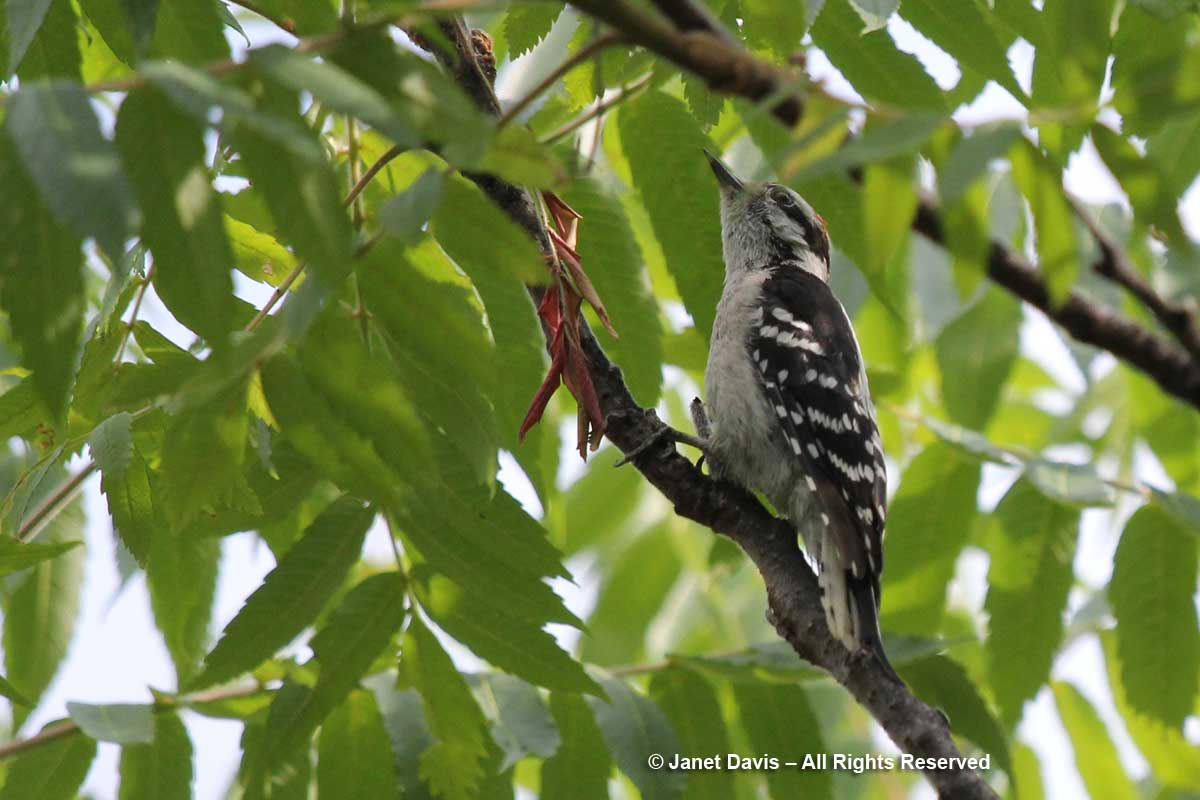
Gardening Between a Rock and a Hard Place
But what if leaving the cottage landscape au naturel is not an option? Construction doesn’t always leave the land in pristine condition, and sometimes a cottage property has been “tamed” by the people who owned it before you came on the scene. What then? For me, it was necessary to come up with a fast landscape plan after we built our Lake Muskoka home in 2001-02, a construction project that left the sloping bedrock exposed and barren of vegetation. But perhaps I should back up a little here.
Our south-facing property was the driest, hottest patch of land on a little peninsula jutting out into a small bay on the southeast part of Lake Muskoka. Except for a row of towering, white pines at the shore – survivors of a fire that razed parts of the peninsula ridge decades earlier – and some red oaks here and there, the vegetation was scrubby, its growth constrained by shallow, acidic, sandy soil formed from the granite and grey gneiss rock underlying much of the region. Sloping on a moderate angle to the lake, it was a challenging site for construction of a four-season house big enough to accommodate children, friends and far-flung relatives for family reunions. With no road access, all supplies arrived by barge, including the concrete truck that poured the foundation, massive steel beams, roof trusses, lumber, appliances and furniture.
When all was finished, we were delighted with the cottage (that’s the rustic euphemism we assign to homes of any size on Lake Muskoka); the views were spectacular from all sides and a screened porch extended the hours we could be outdoors dining and reading. But our ecological footprint had not been light. Much of the bedrock on either side of the site had been scraped bare of vegetation by tractors and line-trenchers. Worse, the front of the cottage dropped away sharply onto sloping granite, making exiting the doors on the lower level to reach the lake a treacherous exercise.
My objective in landscaping was not simply to re-green the site, but to re-shape the contour of the land, adding a front plateau to let us safely access the hillside. It would feature a new woodchip path to replace the path that meandered across the property long before we built there. We would also need stairs leading to the lake and dock, and I played with various concepts, below, as we worked on the house.
But beyond the structural changes, I wanted to return our land to a richer, more complex diversity than it possessed before we began to build. I knew that the pines and oaks would eventually re-colonize the property, along with blueberries, junipers and sumacs. In the meantime, there would be years of vibrant sunshine to nourish whatever I chose for my palette. And even as I transplanted tiny pine saplings, I began to dream about those wild, flower-spangled meadows I had grown up with as a child in Victoria,
It wasn’t just a desire to naturalize an already natural site that appealed to me. I was also pushing back against the way I’d been gardening in the city, rebelling against the need for constraint and order that comes with beds and borders and neatly-mown lawns. It made no sense to think that way about a cottage landscape; not only would it be out-of-step with the natural environment, it would be out-of-synch with how I had changed, physically and philosophically, as a gardener. More and more, I wanted a landscape that was not just for me and my kind, but one that would appeal to other species: the bees, katydids, butterflies, birds and chipmunks that would soon call the meadows home. I also wanted that sense of aesthetic pleasure that comes from observing a truly changing canvas with a roster of plants to provide a shifting tapestry from April to October. Most of all, I wanted my meadows to be low-maintenance.
After the last of the construction equipment was removed from the site, a barge arrived loaded with a tractor and different kinds of soil. For the most conventional garden beds – the spaces between the four doors on the lower level – rich triple-mix consisting of equal parts of loam, peat and manure was chosen. For the open meadows on either side of the cottage and the sunny hillsides in front of them, we settled for a local, low-grade, sandy soil, emulating the environment found in natural sand prairies. On the steep bank dropping from the newly-shaped path under the old white pines in front of the cottage, we elected to spread a locally-sourced forest soil called “trimmings” that contained the roots and seeds of whatever might be found naturally growing in similar conditions nearby.
My objective that first summer was to prevent the new soil from washing down the slope in rainstorms. As a fast-germinating cover crop, I seeded the meadows and hillsides with a combination of creeping red fescue grass (Festuca rubra) and black-eyed susans (Rudbeckia hirta), mixing about 100 grams (3.5 ounces) of the wildflowers into 4.5 kilos (10 pounds) of grass seed. A few weeks and many hours of hand-watering later…..
….the first blades of grass emerged, followed closely by the first tiny leaves of countless blackeyed susans.
A biennial, it makes a rosette of foliage in its first season and sends up flower stems the following summer, before setting seed and dying. I still laugh at the photos taken of me in year two standing amidst thousands of cheerful black-eyed susans.
Into the rich soil of the doorway garden beds went big golden yarrow (Achillea filipendulina ‘Gold Plate’), Russian sage (Perovskia atriplicifolia) and switch grass (Panicum virgatum). This is how the path and a doorway bed looked a few years later.
At the base of the richest meadow, I planted an assortment of prairie grasses, including big bluestem (Andropogon gerardii), little bluestem (Schizachyrium scoparium),Indian grass (Sorghastrum nutans) and switch grass (Panicum virgatum), below. And over the next few years, I did an autumn sowing of seeds of a roster of tallgrass prairie perennials that would become the flowery backbone of the meadows: foxglove penstemon, heliopsis, monarda, gaillardia, sweet blackeyed susan, gray-headed coneflower, asters and showy goldenrod to add to goldenrods already on the property. That plants were native was not as important to me as their drought-tolerance, a vital attribute for a landscape that would rely on rainwater — while acknowledging that dry summers would take their toll on plants growing in shallow soil.
The Meadows Mature
Now, fifteen years later, my meadows and garden beds provide a bounty of flowers (and beautiful bouquets). There is something in bloom from the first daffodils of April…..
…. to the last goldenrod and asters of autumn. This is showy goldenrod (Solidago speciosa), down by the lake in late September.
Monarch butterflies lay eggs on the butterfly milkweed….
….producing beautiful caterpillars and a new generation of the iconic butterfly…..
….which, when it prepares to fly south to Mexico in early September, sometimes stops on our dock to soak up a little salt from the feet of sunbathers.
Myriad pollinating insects and hummingbirds visit the flowers, like this ruby-throated female on my crocosmia flowers (which, amazingly, have overwintered for years)….
…while goldfinches enjoy the monarda seeds….
…..and ruffed grouse are regularly spotted in late summer wandering through my meadows.
Though there are a few deer on our peninsula, they seem to prefer the young sumac shoots to my perennials….
….. but groundhogs enjoy purple coneflower and coreopsis from time to time.
In truth, the meadows are so profuse that I am happy to share a few plants. Yes, there are exotics some might call “weeds”, e.g. oxeye daisies, buttercups. birdsfoot trefoil, musk mallow, cow vetch, hawkweed and quackgrass, but they are kept in check by the vigorous prairie plants.
The only work required is to use a trimmer twice each season to keep the path across the property clear.
In November, I need to cut down the meadow grasses to reduce the thatch that builds up and to keep things neat for the daffodils that emerge each April. And, of course, to prevent the meadow from transitioning naturally to bush, it’s necessary to keep out any blackberries and sumacs that might want to jump the path from the steep slope to the lake.
My cottage neighbours know where to find a bouquet of fragrant daffodils in springtime.
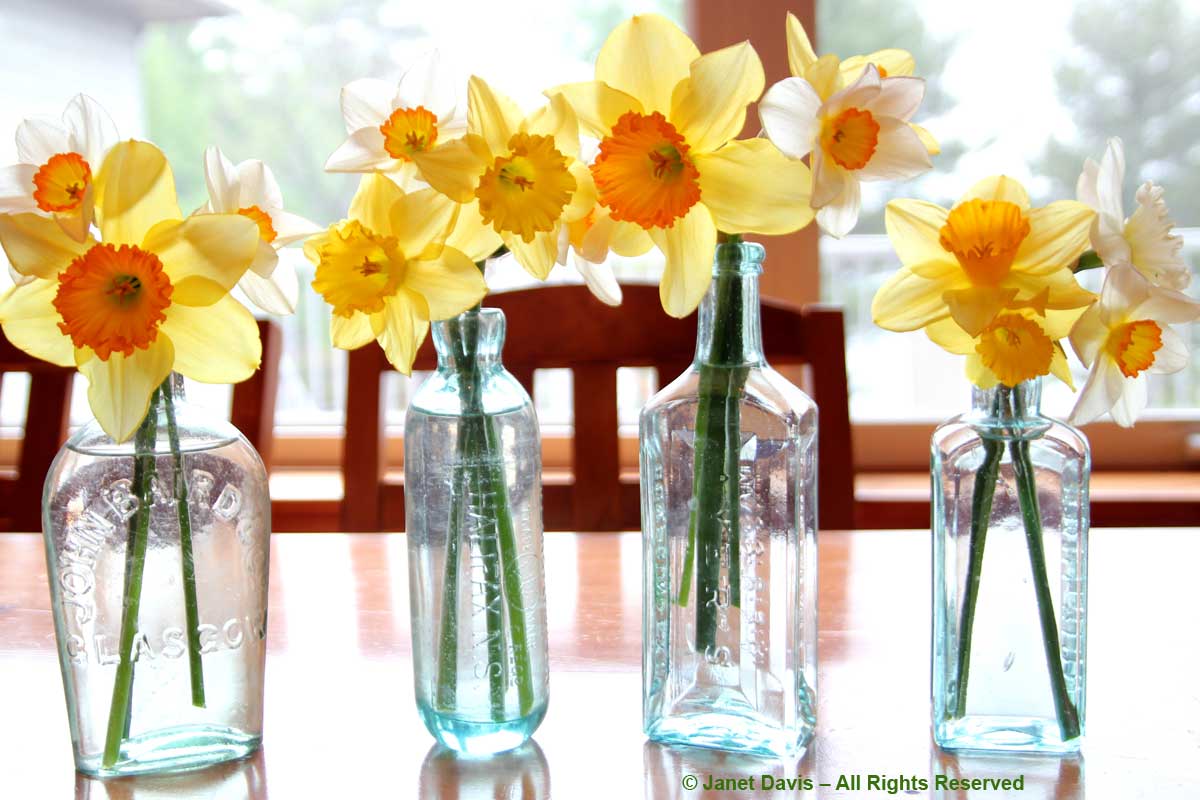 The bumble bees know where to find beebalm with sweet nectar.
The bumble bees know where to find beebalm with sweet nectar.
And I know where to find photographic inspiration and beauty all season long, like this single day, July 7, 2013, when I collected all these flowers at the cottage.
Let’s take a little tour of the property.
A Tour of My Muskoka Garden Today
Coming down the stairs from the cottage, we see the little patch of wildness I call the “east meadow”. The soil here is shallow and the plants — tall cup plant (Silphium perfoliatum) at the bottom of the stairs and beebalm (Monarda fistulosa) and false oxeye (Heliopsis helianthoides) in the meadows — tend to suffer in a dry summer. On this side of the stairs is a large stand of Helianthus ‘Lemon Queen’ and other plants.
Here’s the view of the cottage through the beebalm and heliopsis in the east meadow.
Here’s the stairway to the lake, below, with a little viewing deck part-way down. The slope, composed of soil called ‘trimmings’, features plants native to Muskoka, including sumac (Rhus typhina), meadowsweet (Spiraea latifolia), common juniper (Juniperus communis) and wild blackberry (Rubus allegheniensis). Oaks and maples sprout on the slope as well; some are encouraged but it’s necessary to thin the forest a little here.
In early summer, that little section below the bench is a lovely confection of foxglove penstemon (P. digitalis) and lanceleaf coreopsis (C. lanceolata). Both of these native perennials share a love of dry, gravelly soil.
Here’s a short video of foxglove penstemon at the lake shore.
On a grassy part of the slope to the lake, I combine butterfly milkweed with blackeyed susans.
Looking west down the path past the scented ‘Conca d’Or’ lily (one of the strongest Orienpet or Oriental x Trumpet hybrids), it’s amazing to me that this flat terrace was created from a once steep and treacherous slope.
Moving along the path, the bed (using the word ‘bed’ very loosely) at the eastern end of the cottage is filled with more fragrant Orienpet lilies. Over the years, I’ve discovered that certain perennials exhibit good drought-tolerance, like Veronica spicata ‘Darwin’s Blue’, just finishing below. This bed also contains English lavender (Lavandula angustifolia), ‘Walker’s Low’ catmint (Nepeta racemosa) and ‘May Night’ meadow sage (Salvia nemorosa).
The most satisfying garden section at the cottage has been the small, sloping west meadow, aka the ‘monarda meadow’ for its predominant wild beebalm, Monarda fistulosa. This is how it looks today,as the large prairie grasses at right are just beginning to fountain.
In early August the west meadow features some good perennial partners with the monarda, including ‘Gold Plate’ yarrow (Achillea filipendulina)….
…. gray-headed coneflower (Ratibida pinnata)….
…. and false oxyeye (Heliopsis helianthoides)…..
In June, the monarda meadow features the odd wild lupine (Lupinus perennis), now less populous than they were a few years ago, when their blue candles glowed in the grasses.
I made a little time capsule video to remember my meadows this week, in a summer when rain was plentiful (to say the least) and the flowers all reached for the sky.
Bouquets from the Meadows
The cottage beds and meadows have yielded lovely bouquets for the table, whether in June with the lupines, false indigo (Baptisia australis), oxyeye daisies (Leucanthemum vulgare) and large-flowered penstemon (P. grandiflorus)…
….or later in summer, with cup plant (Silphium perfoliatum), gray-headed coneflower (Ratibida pinnata), blue Russian sage (Perovskia atriplicifolia), purple blazing star (Liatris spicata) and the many goldenrods (Solidago sp.) that flower at the cottage.
Sometimes I add stems of Allegheny blackberry (Rubus allegeniensis) and nannyberry (Viburnum lentago) to the summer wildflowers, like the little nosegays below.
20 Great Cottage Perennials for Bees & Butterflies
Except for the fragrant lilies, which are just for me, my criterion for including plants to the cottage beds and meadows is that they must be useful to foraging insects and birds. Here are twenty of the best:
1. Blue false indigo (Baptisia australis) – Ironclad, low-maintenance native perennial attracts bumble bees at a critical time in late spring when bumble bees are provisioning their nests.
2, Wild lupine (Lupinus perennis) – Bumble bees are the pollinators for this native perennial, which flowers in June.
3. Blackeyed susan – Rudbeckia hirta – Lots of small native bees and butterflies enjoy foraging on biennial blackeyed susans.
4. Blanket flower – Gaillardia x grandiflora – Provided it’s regularly deadheaded, blanket flower will bloom until autumn, attracting myriad bees.
5. Catmint – Nepeta racemosa ‘Walker’s Low’ – Long-flowering and a bee magnet, catmint has aromatic foliage that discourages deer.
6. Lanceleaf coreopsis (C. lanceolata) – One of the easiest, most drought-tolerant perennials for early summer, this coreopsis attracts lots of bees and its seeds attract hungry goldfinches.
7. Foxglove penstemon (P. digitalis) – Another easy, adaptable native perennial, this penstemon flowers at the same time as coreopsis, above, and enjoys the same rugged conditions – dry, gravelly soil. Bumble bees forage on it extensively.
8. Hoary vervain (Verbena stricta) – This vervain epitomizes “hardy and drought-tolerant” and is the most foolproof perennial in my dry meadows. Guaranteed to bloom and attract bumble bees.
9. False oxeye (Heliopsis helianthoides) – In the ‘be careful what you wish for’ category, this one is easy from seed and likes to take over the meadow. A negative is its attraction to rosy-apple (red) aphids, but lots of native pollinators enjoy the flowers, including the wasp below.
10. Wild beebalm (Monarda fistulosa) – Easily the most valuable perennial in my meadows, attracting bumble bees, hummingbirds and the lovely clearwing hummingbird moth, below.
Bumble bees are plentiful in my meadows during the blooming period of the wild beebalm. This is my west meadow today, August 7, 2017.
11. Butterfly milkweed (Asclepias tuberosa) – I have blogged at length about this plant, named the Perennial Plant Association’s 2017 Plant of the Year. It attracts many types of pollinators, including the monarch butterfly, which lays its eggs on the plant to be foraged by the developing caterpillar.
Butterfly milkweed is also very popular with bumble bees of all kinds. Here’s a video I made of a bumble bee nectaring while a red squirrel scolds and a Swainson’s thrush sings in the background.
12. Gray-headed coneflower (Ratibida pinnata) – With its willowy stems, this perennial is the most graceful in my meadows, and attracts small native bees.
13. Cup plant (Silphium perfoliatum) – The tallest of my meadow perennials, this one is a colonizer, but so popular with bumble bees that it can be forgiven for laying claim to as much territory as it can.
I was surprised one year to see which animal was snacking on the 8-foot tall seedheads of my cup plant. Not a deer, but a…….
14. Russian sage (Perovskia atriplicifolia) – Hardy with aromatic leaves that repel deer, this sub-shrub is an excellent companion for big golden yarrow. Bumble bees and honey bees adore the tiny, lavender-purple flowers.
15. Blazing Star or Gayfeather (Liatris – many species, esp. L. ligulistylis, below, and L. spicata) – I adore all the blazing stars, and so do the butterflies. Rocky Mountain blazing star, below, is particularly popular with monarch butterflies and with the great spangled fritillary shown.
16. Culver’s root (Veronicastrum virginicum) – Preferring more moisture than many of the prairie natives, this tall perennial (the one below is the cultivar ‘Fascination’) is a magnet for bees and butterflies.
17. New York ironweed (Vernonia noveboracensis) – Wherever there’s an extra bit of moisture, this tall ironweed thrives in late summer. It attracts bees and many types of butterfly, including the painted lady, below.
18. Sweet blackeyed susan (Rudbeckia subtomentosa) – A tall, easy-going perennial – and my favourite of the rudbeckia clan, this late-summer beauty attracts its share of native bees and wasps.
19. Goldenrod (Solidago sp.) – There are at least a half-dozen species of goldenrod that thrive on our property. Some are invasive enough to be nuisances, like Canada goldenrod (Solidago canadensis). Others are rare enough to be prized, like Solidago nemoralis. But my favourite is one I seeded myself, showy goldenrod, Solidago speciosa, below. One of the latest-blooming perennials, it is often in flower well into October, nourishing the last of the bumble bees before our long Muskoka winter.
20. New England aster (Symphyotrichum novae-angliae) – At the very end of the season, around Thanksgiving time in Canada, the various asters provide a late, vital source of nectar for all the bees.
***********************************
Adapted from a story that appeared originally in Trellis, the magazine of the Toronto Botanical Garden.

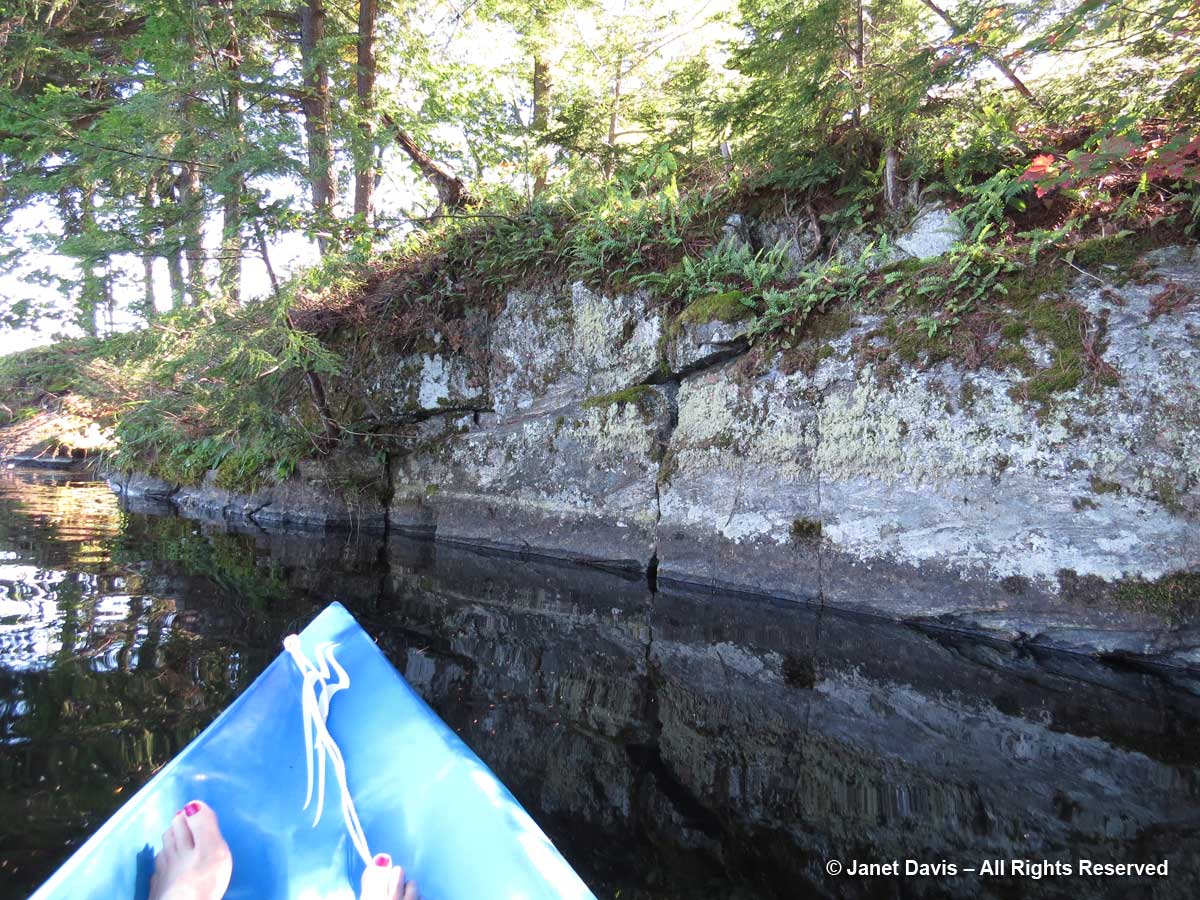
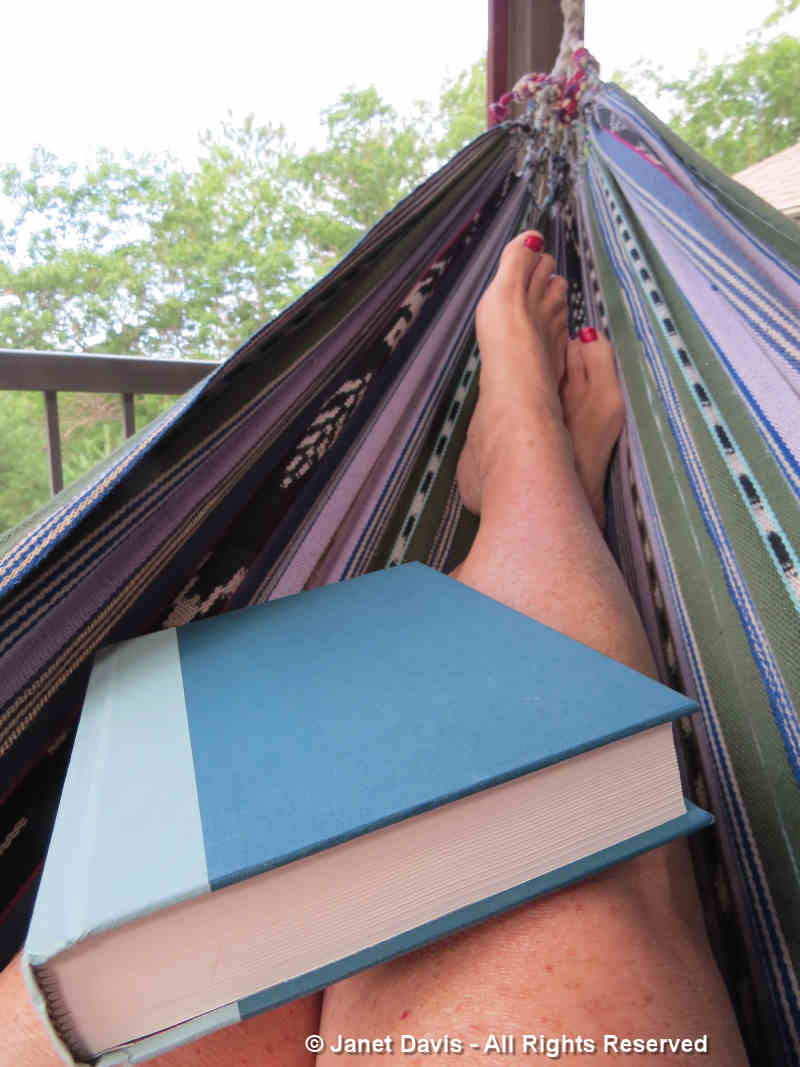
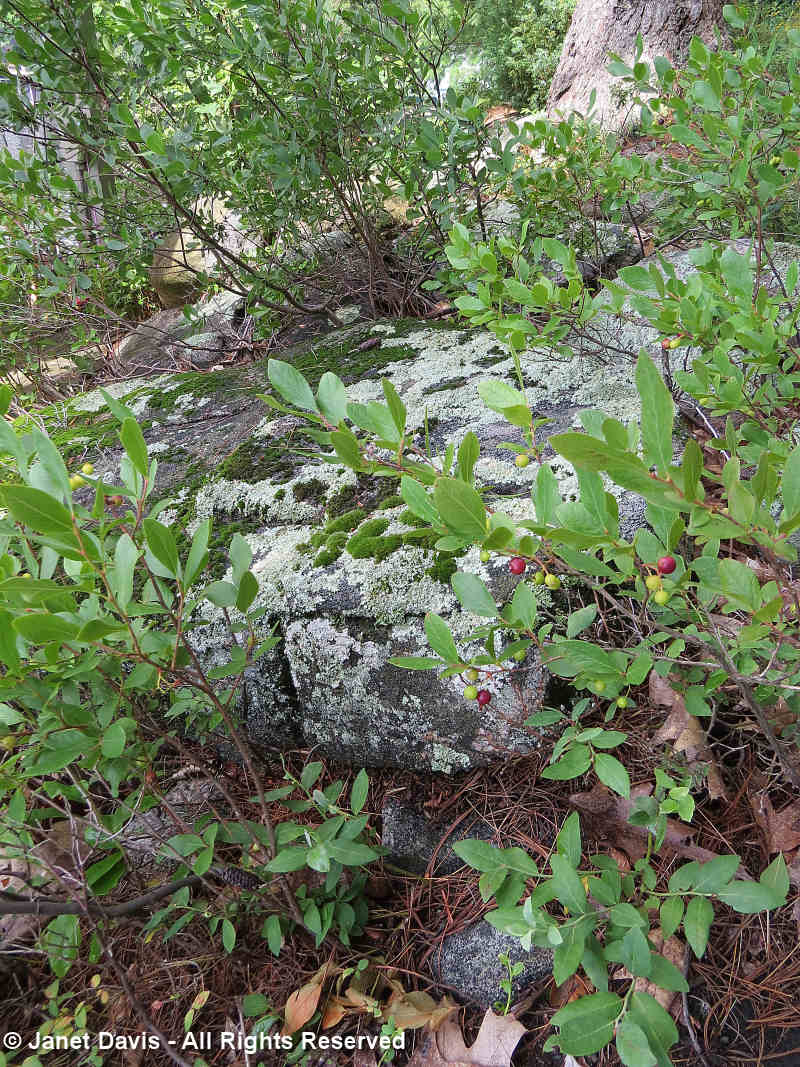
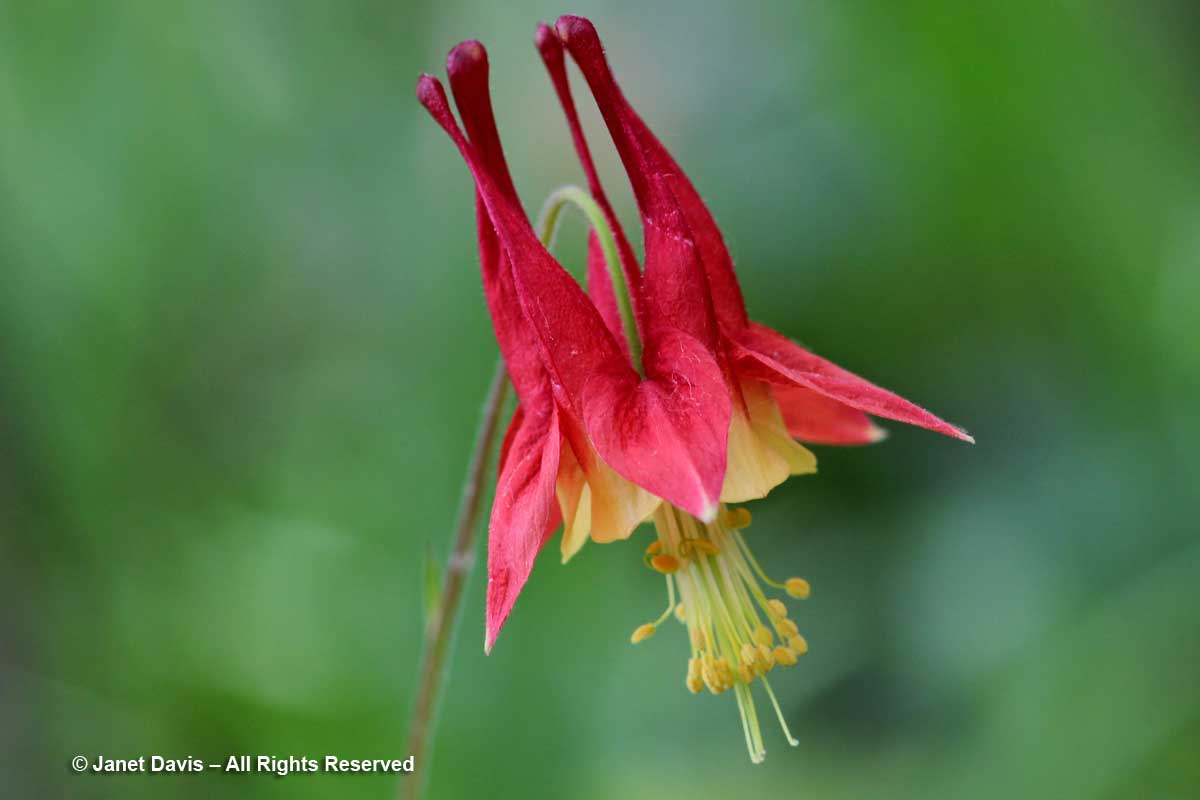
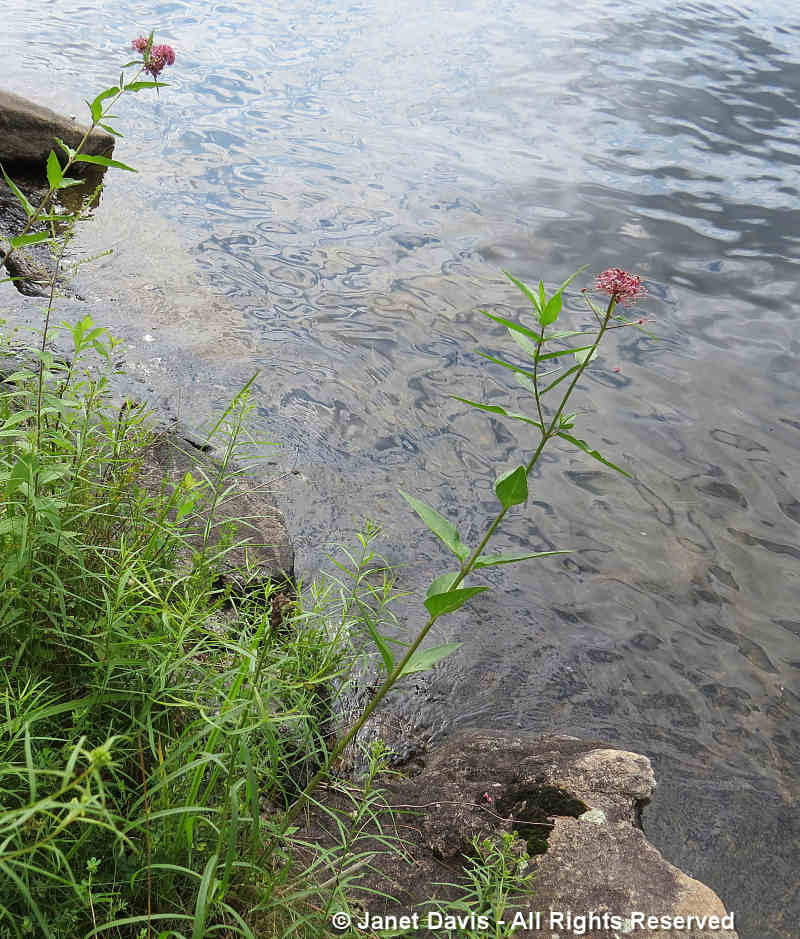
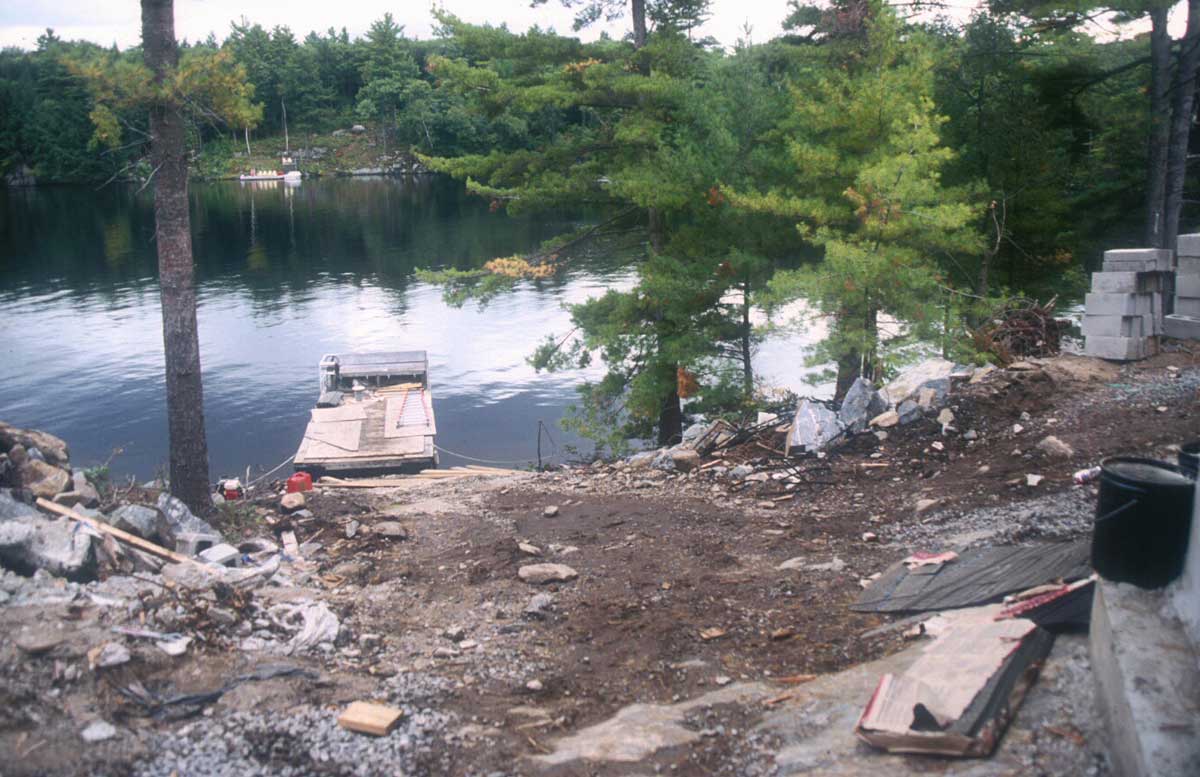
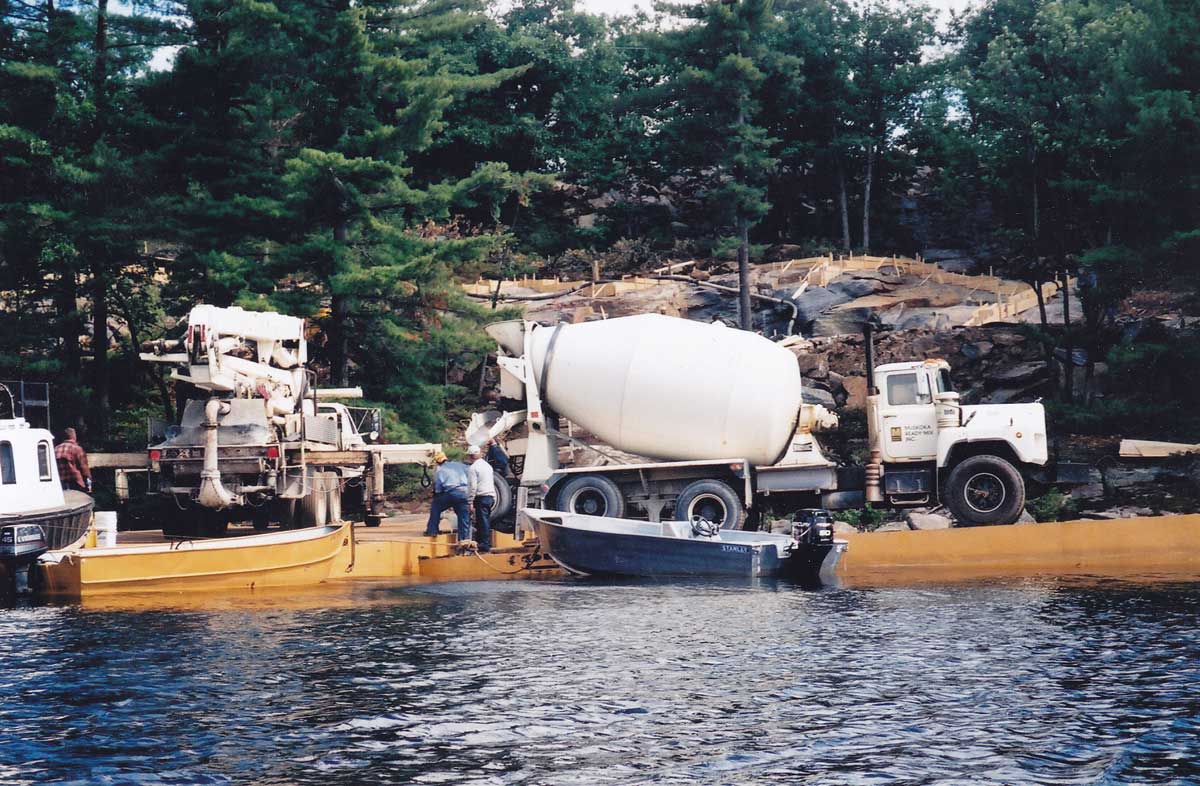
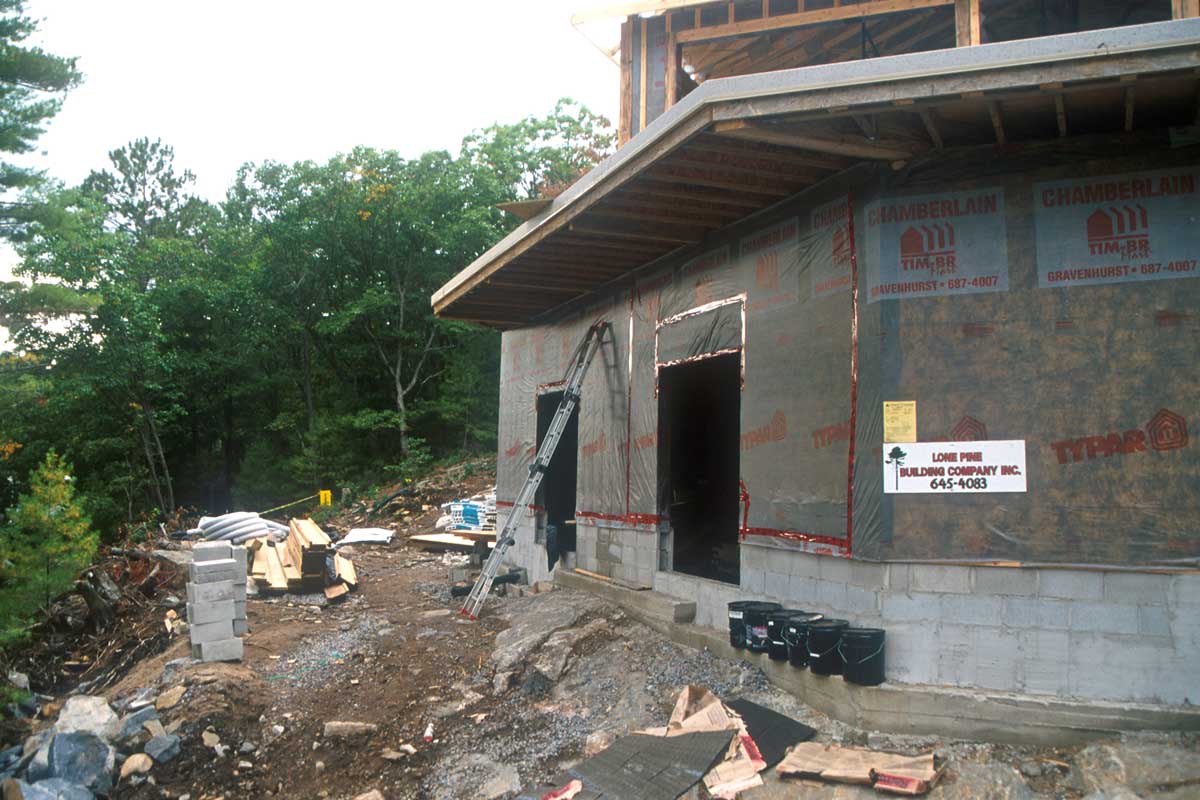
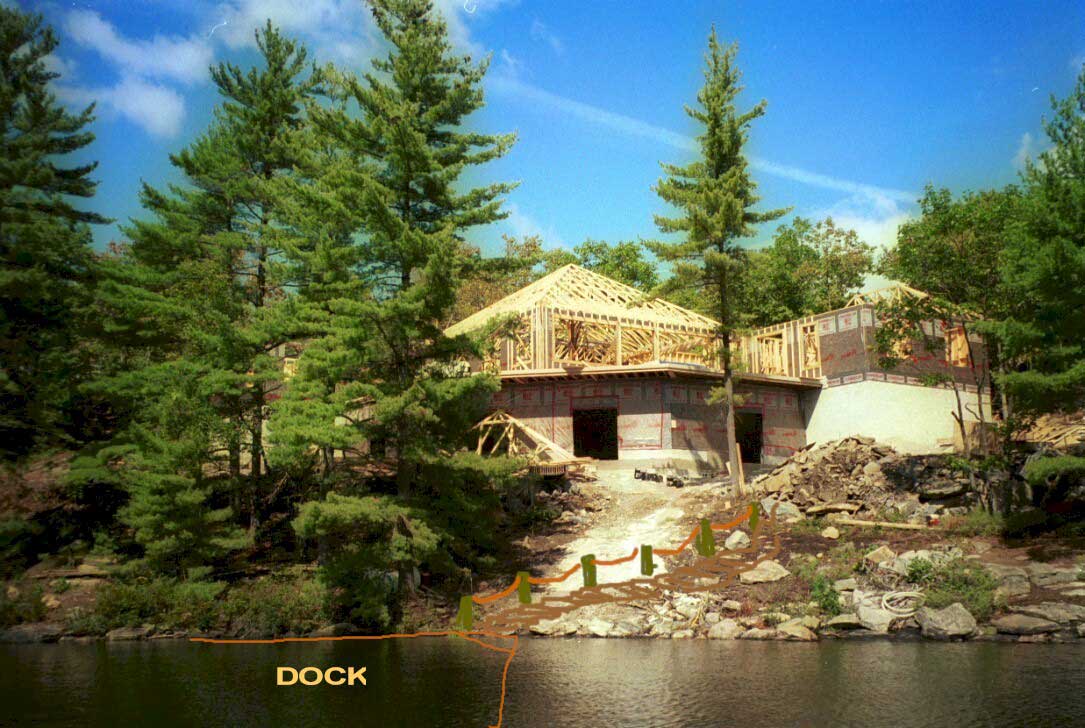
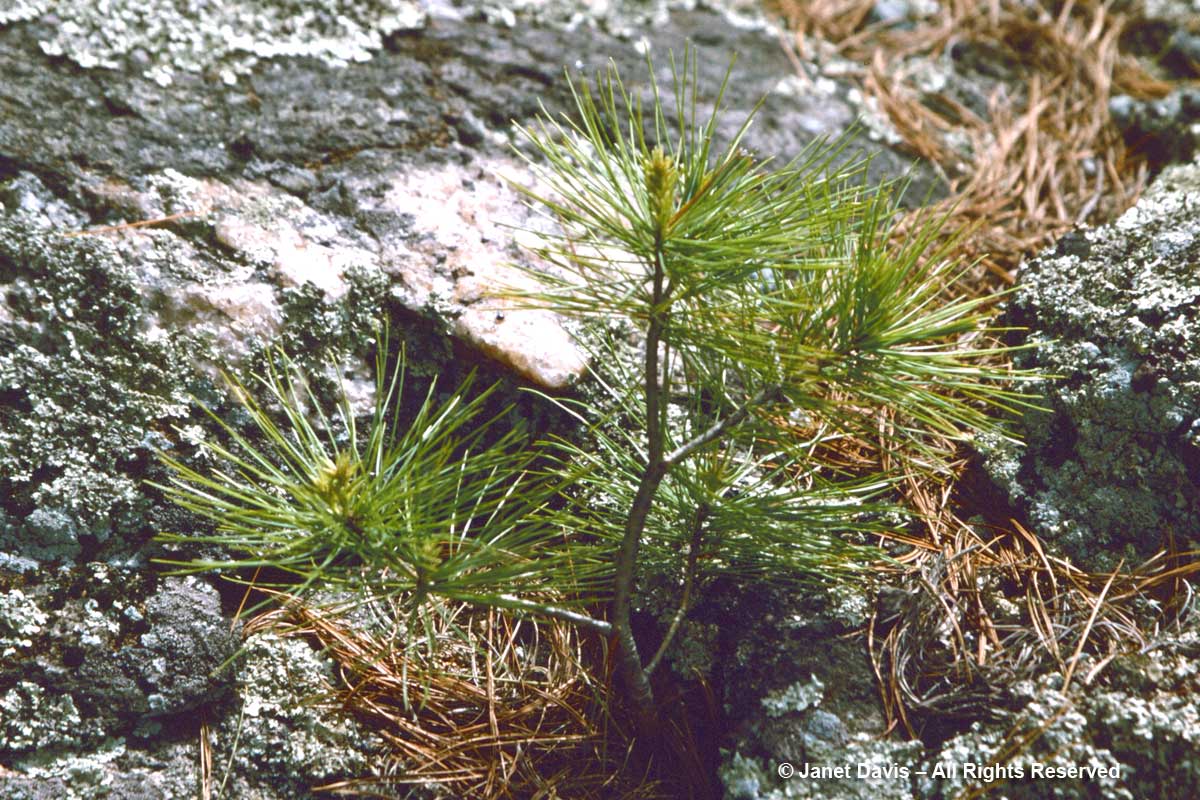
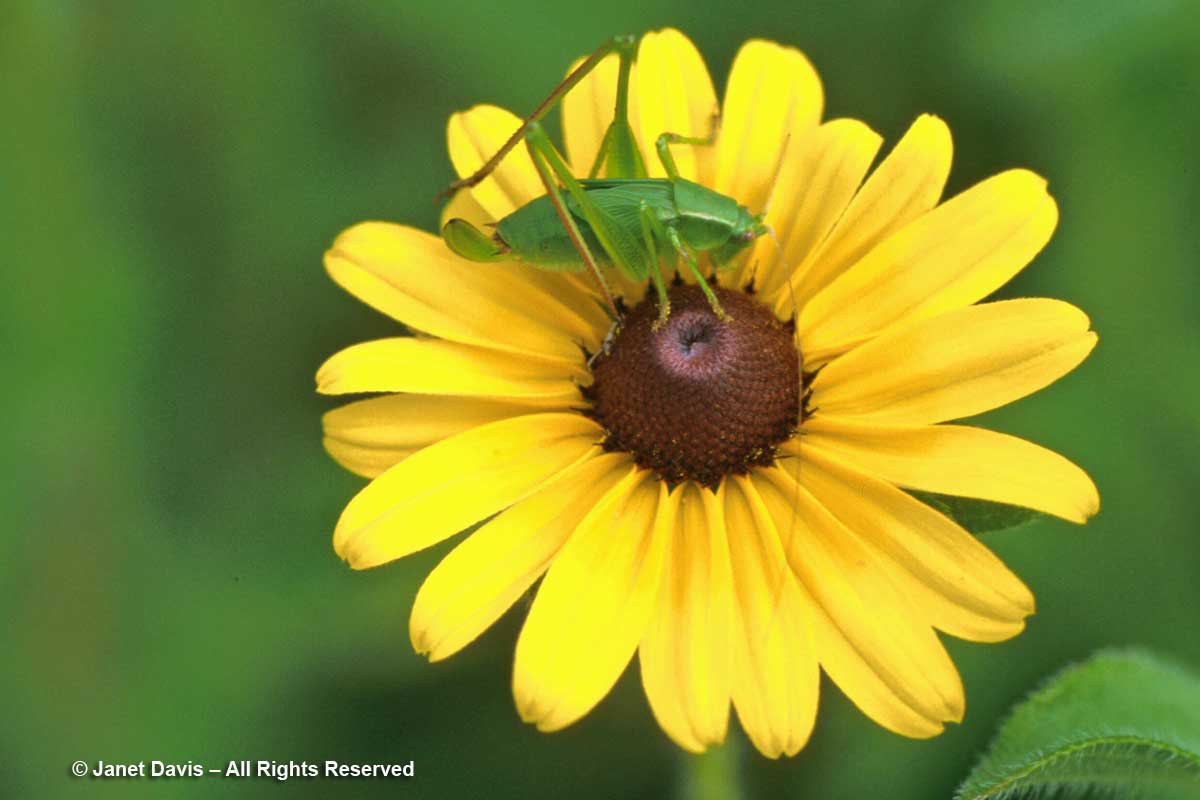
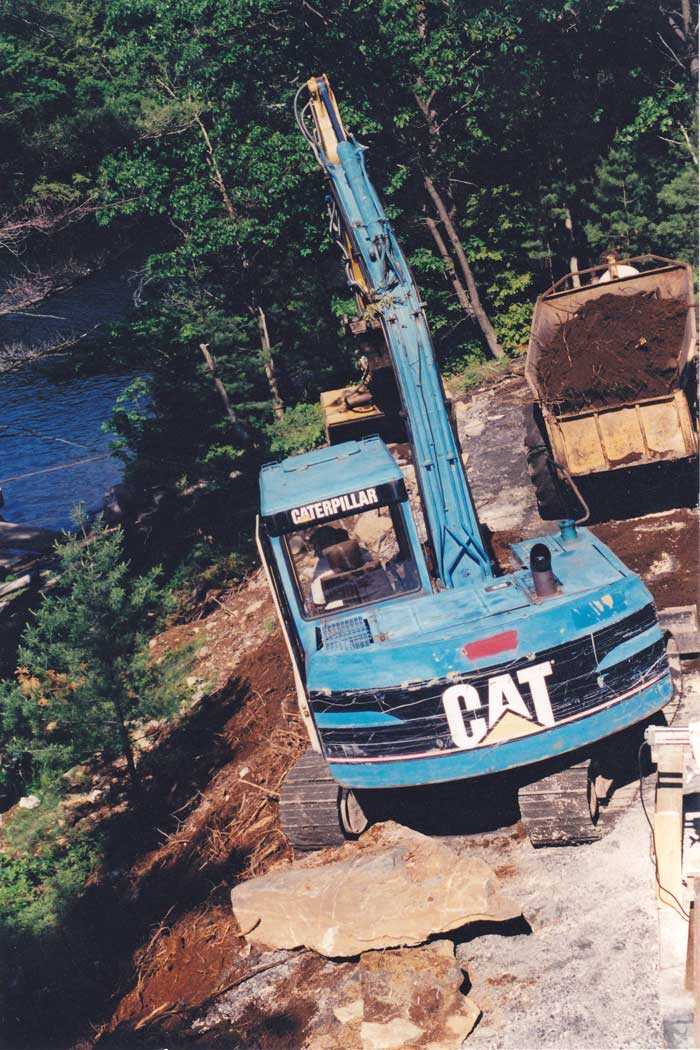
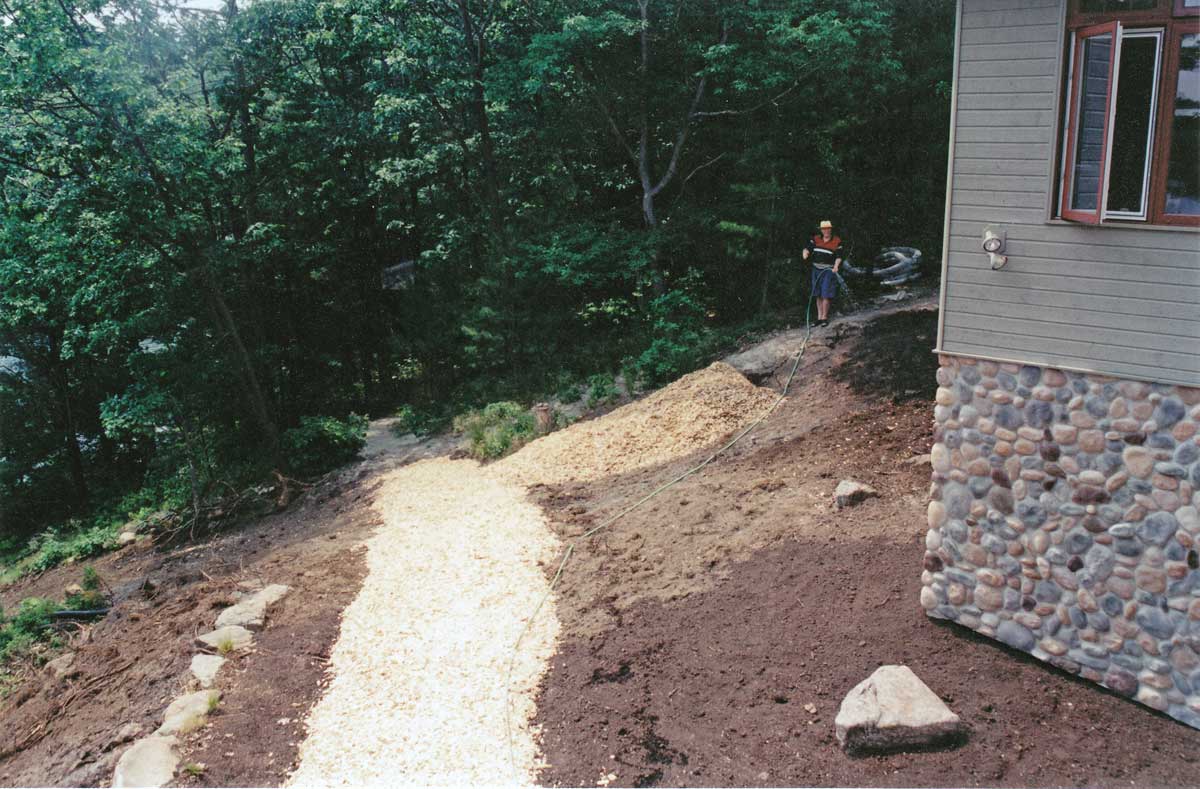
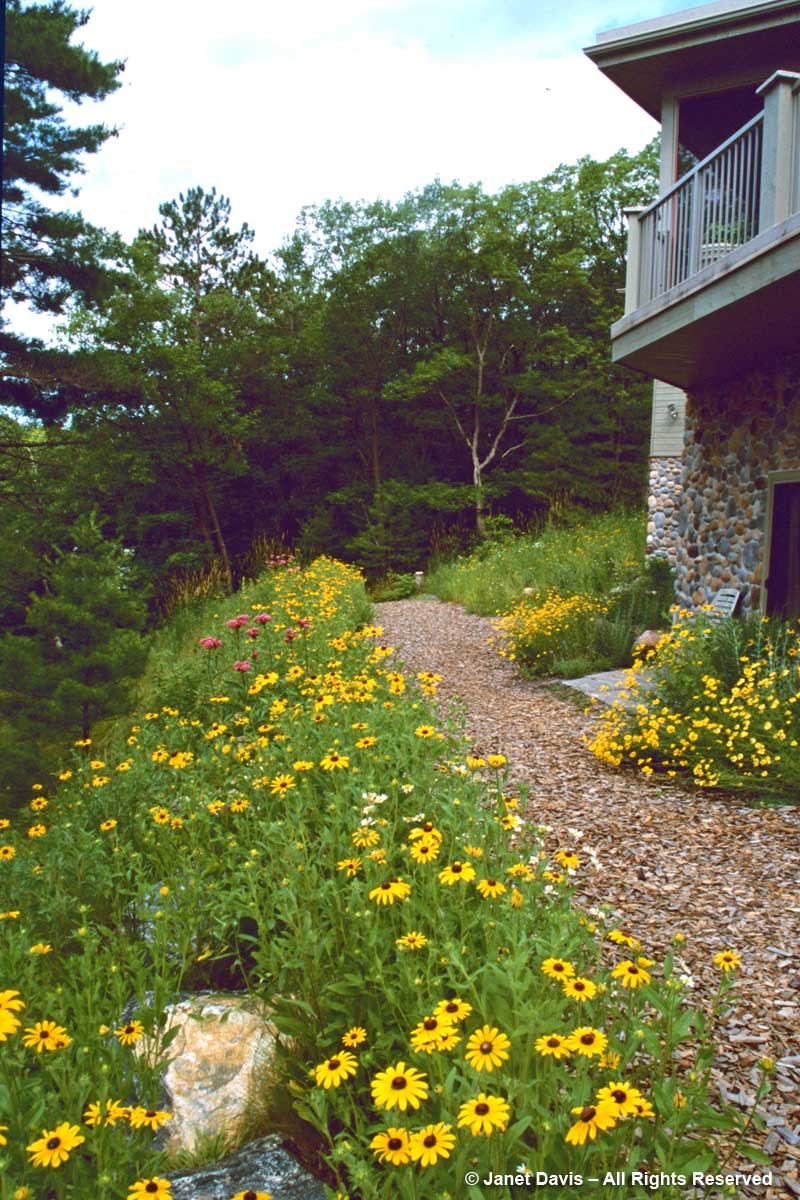
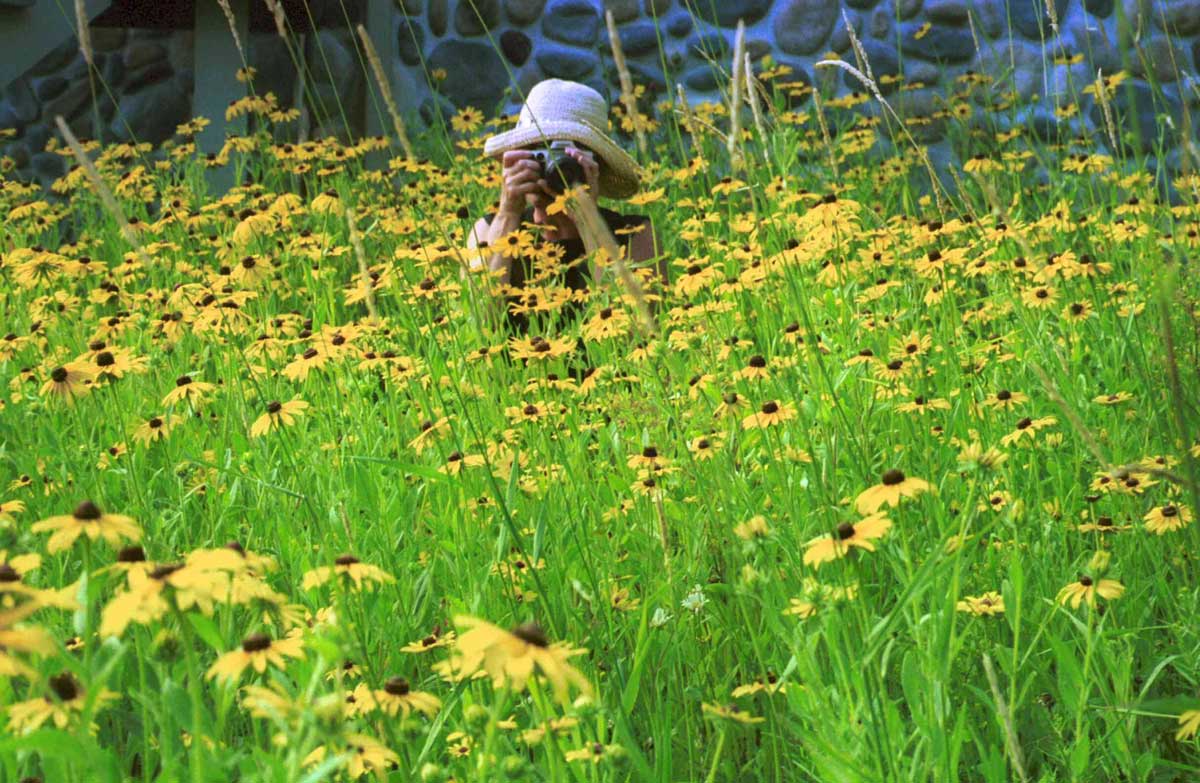
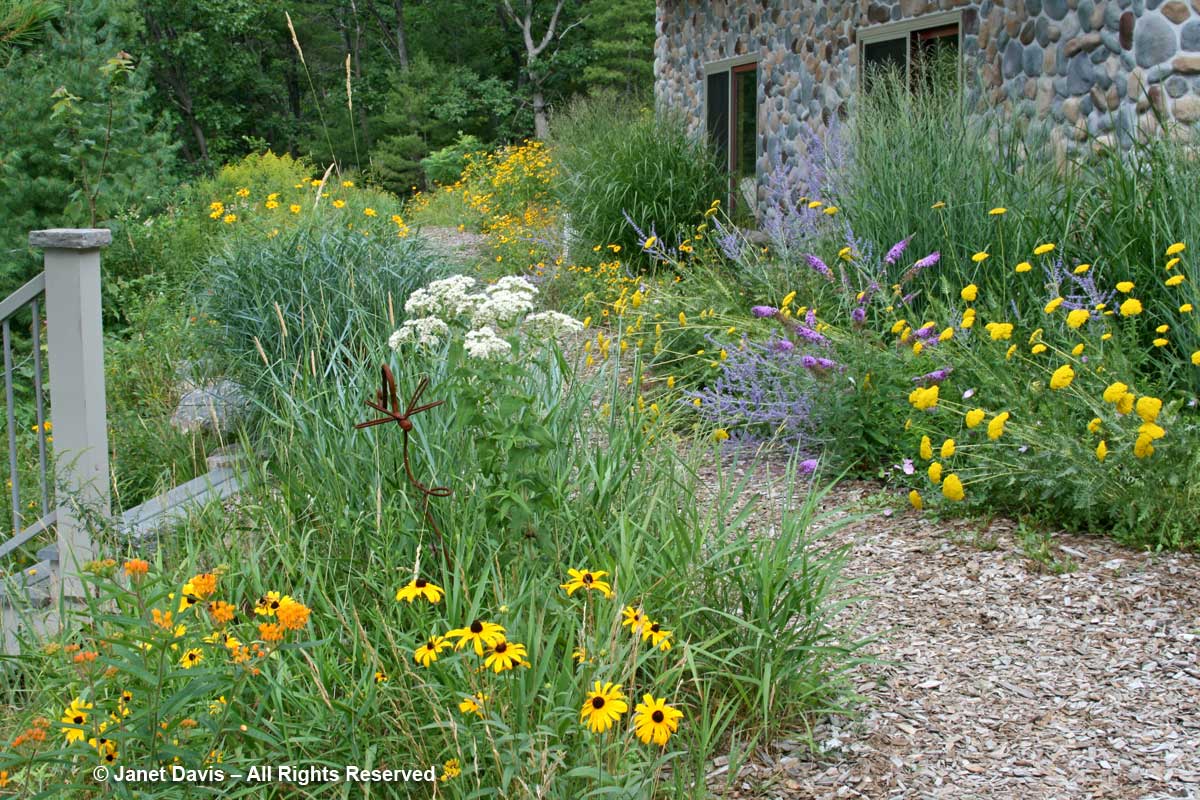
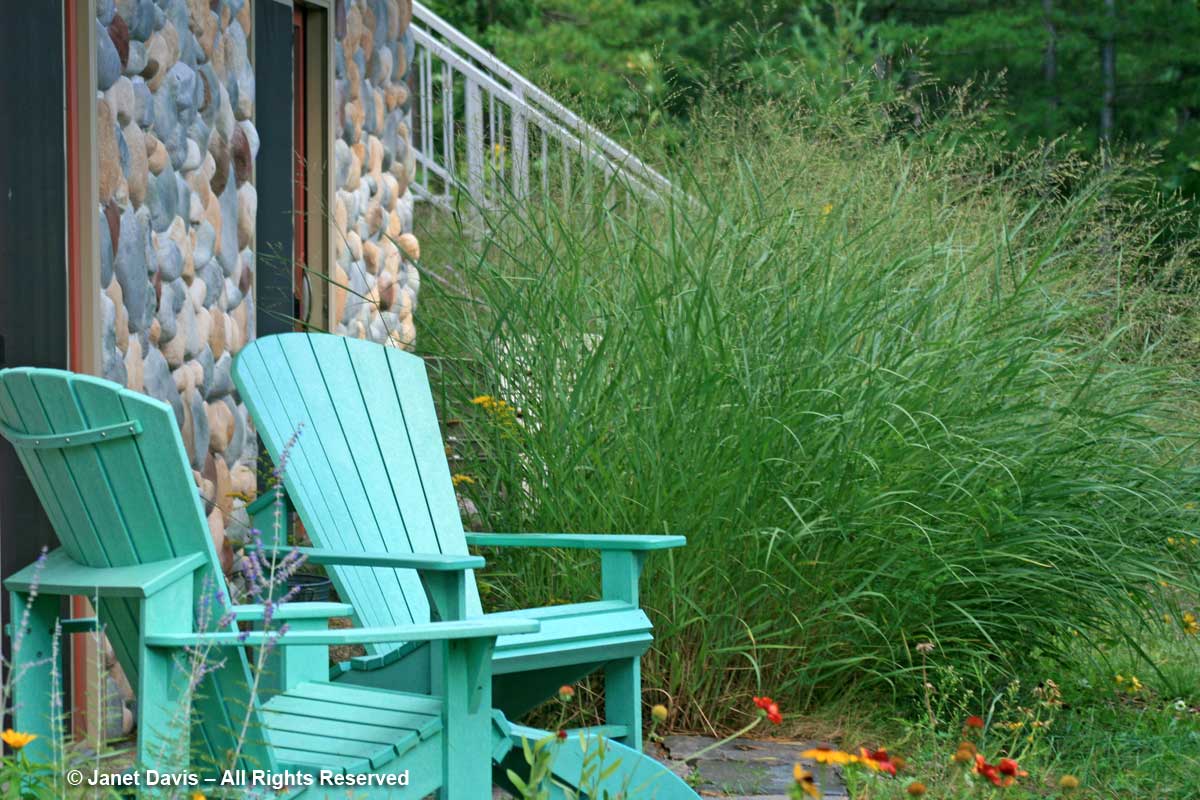
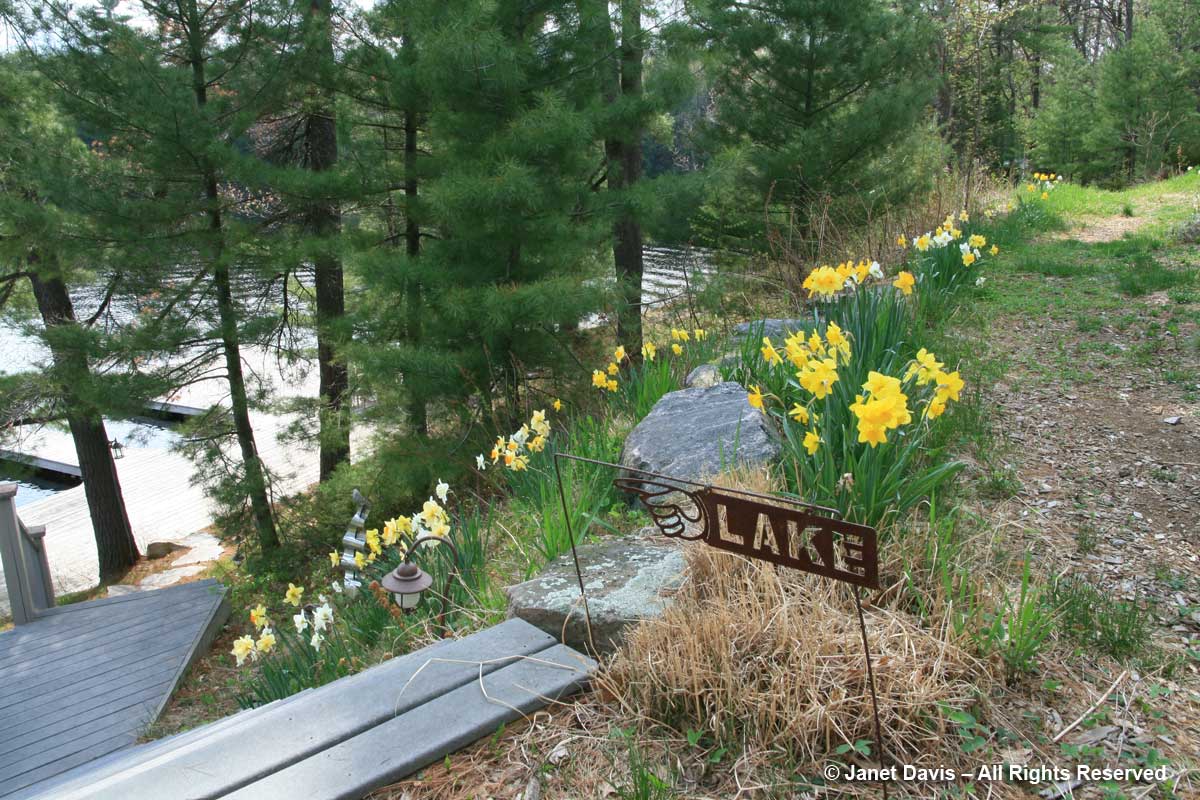
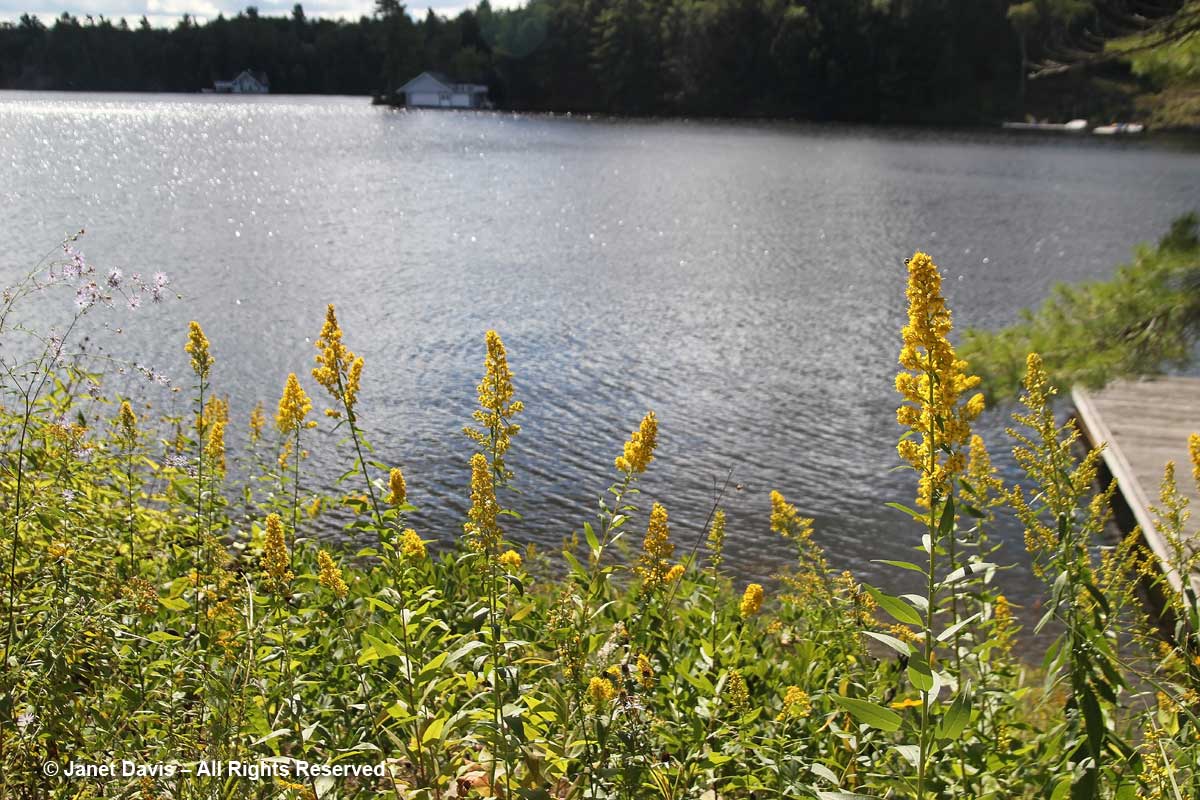
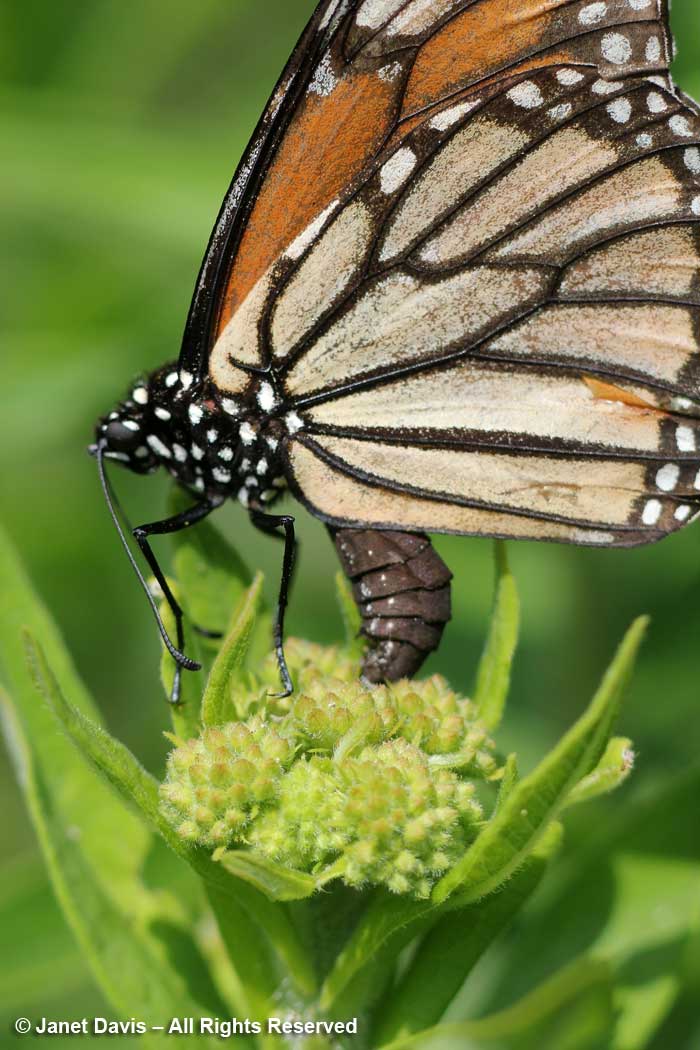
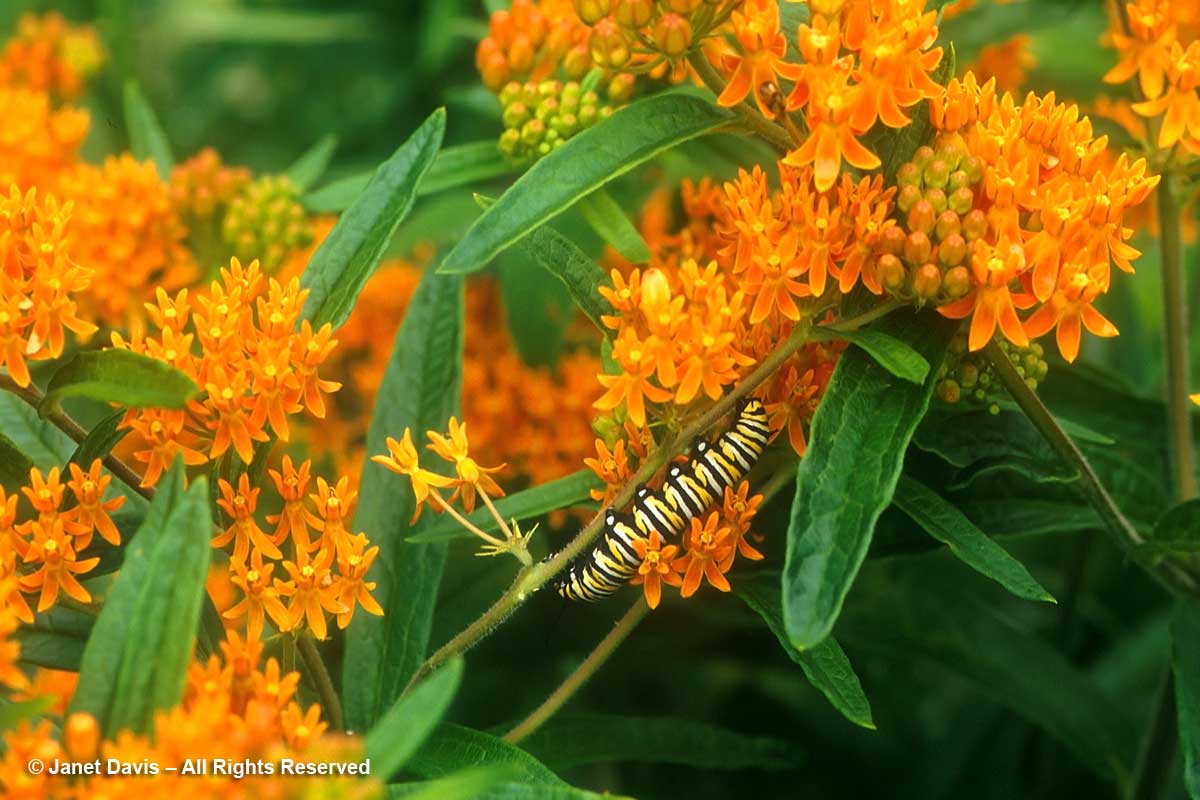
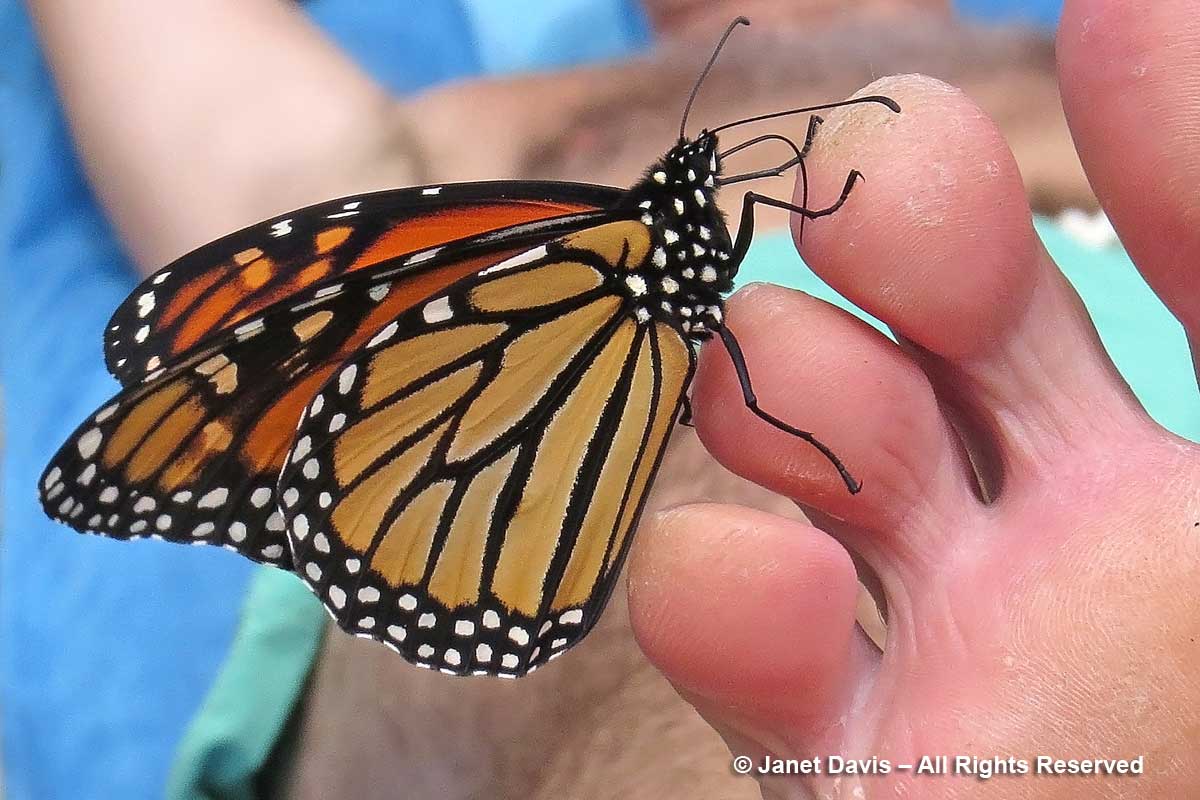
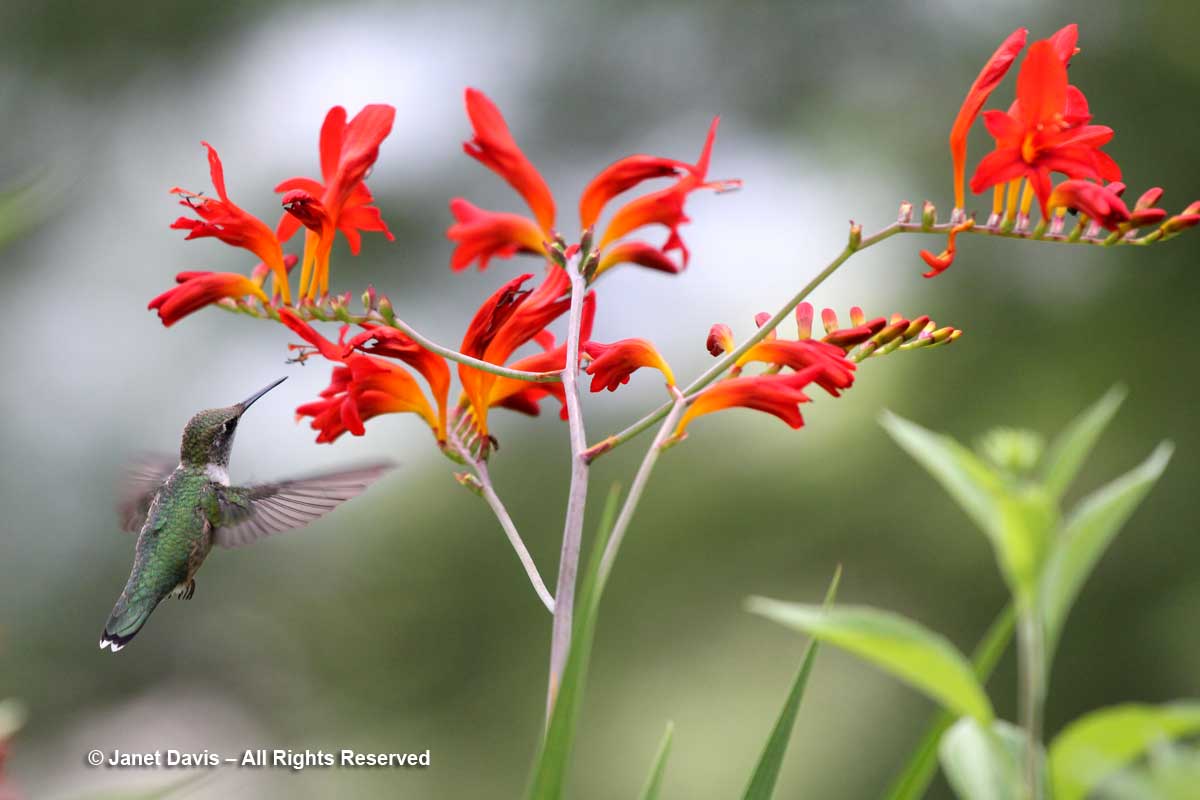
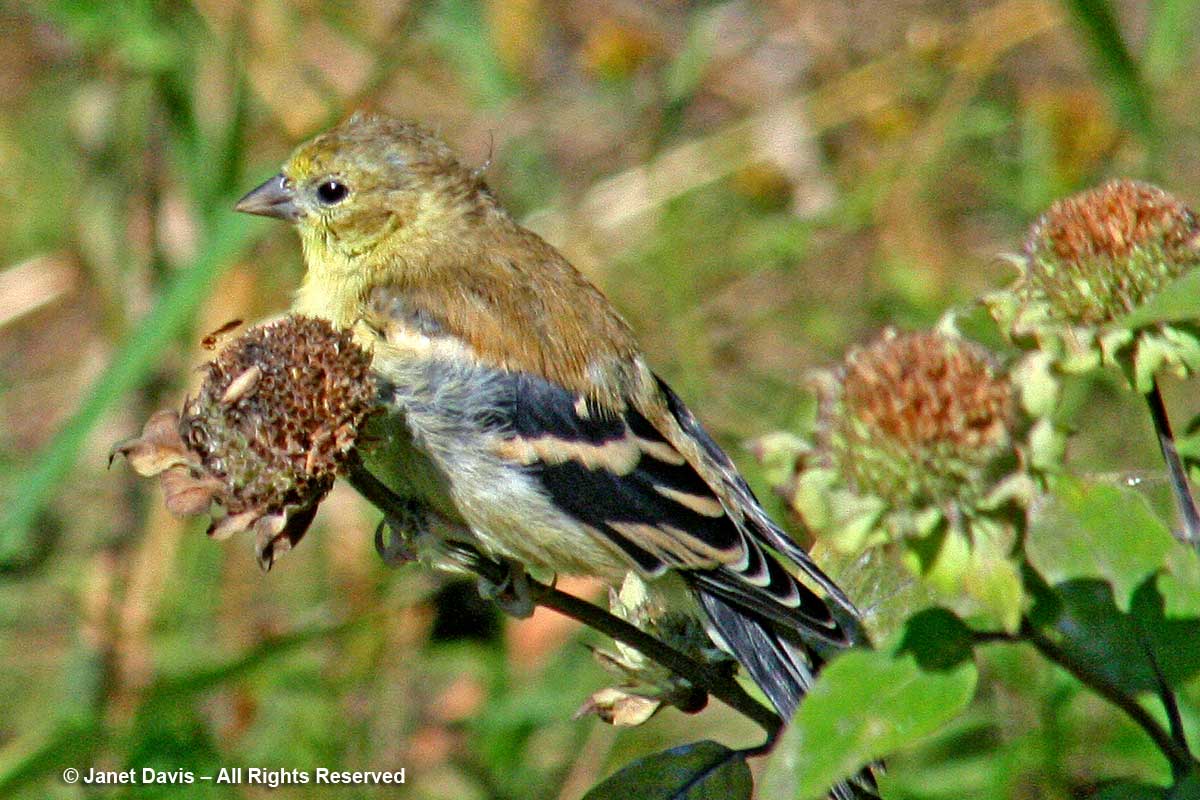
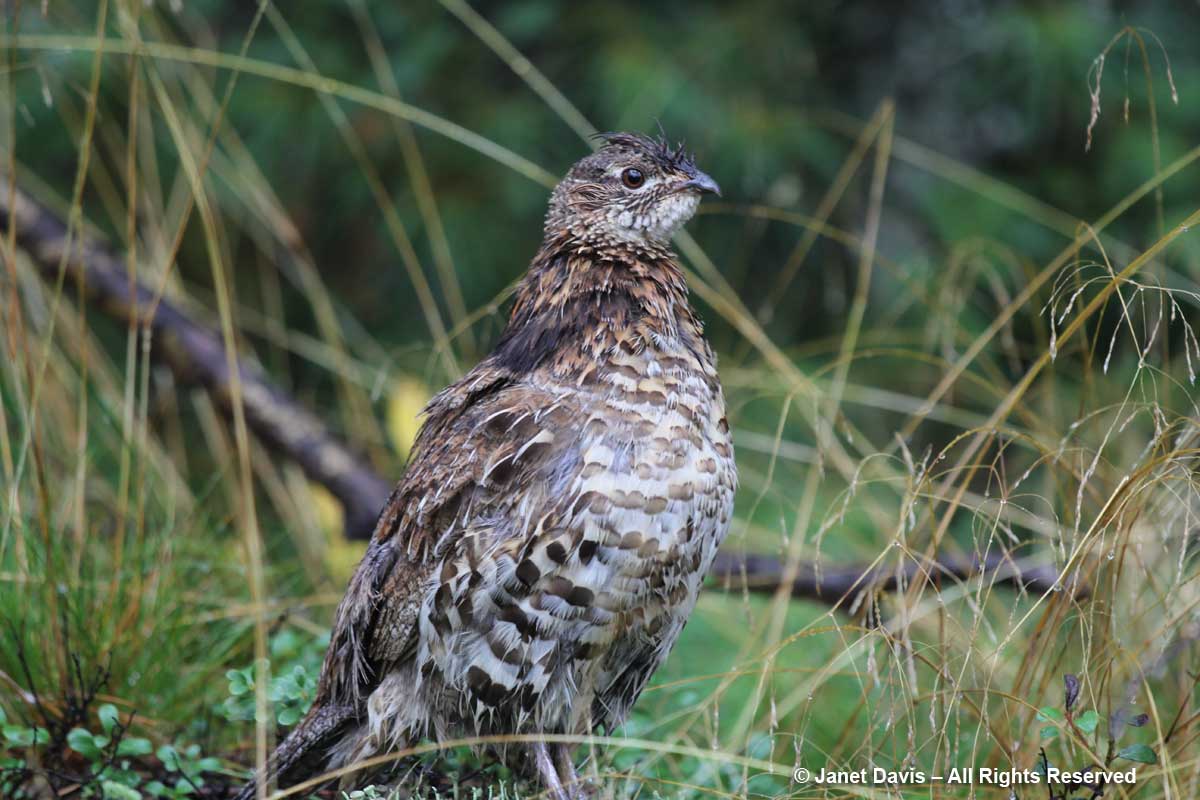
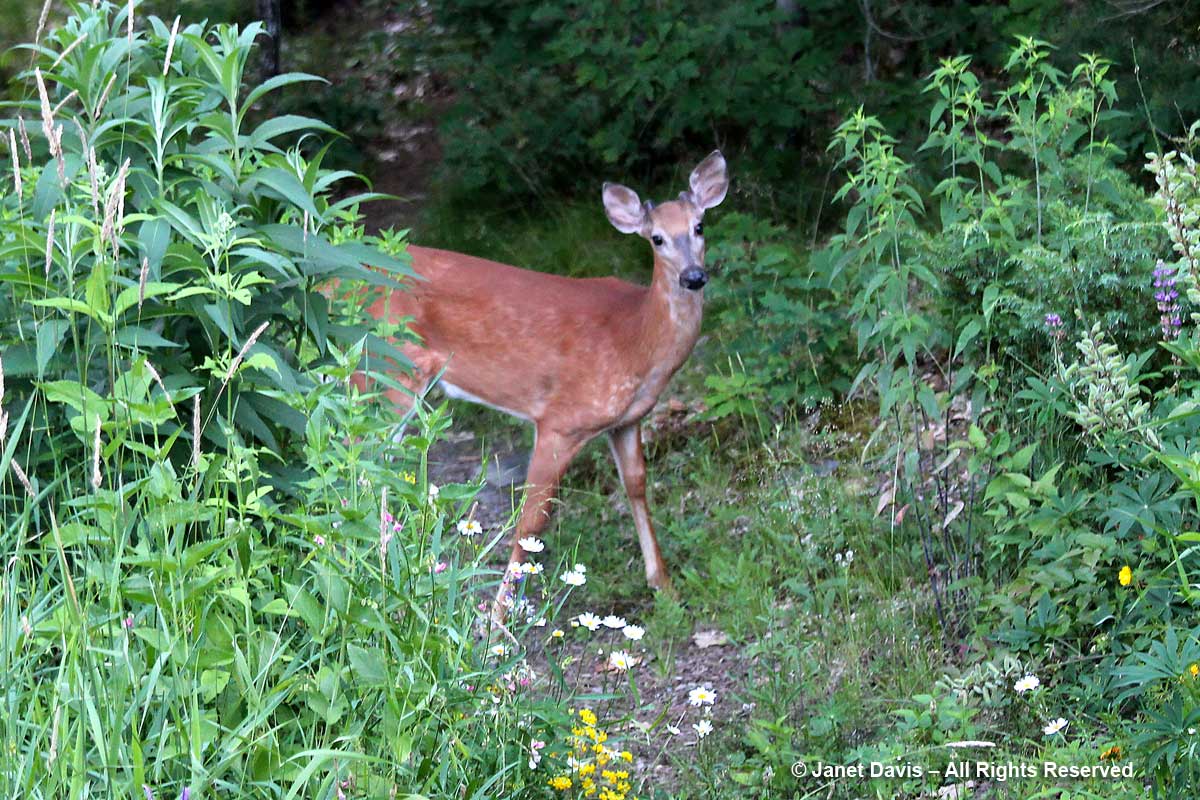
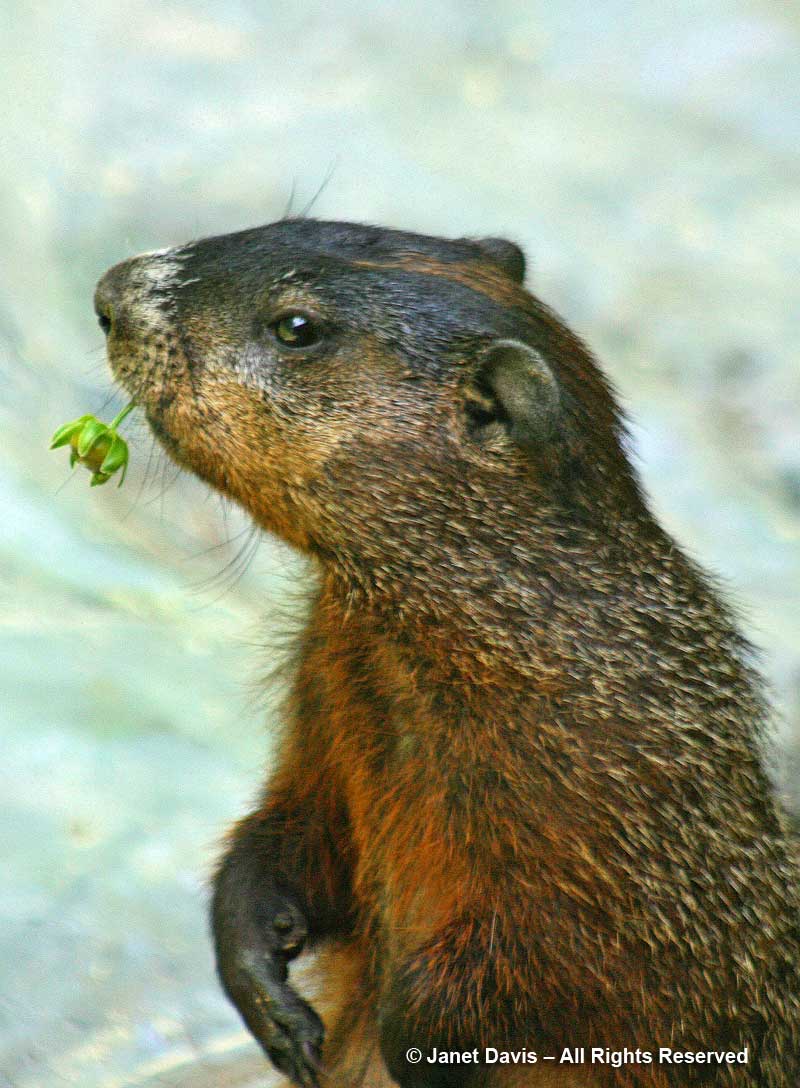
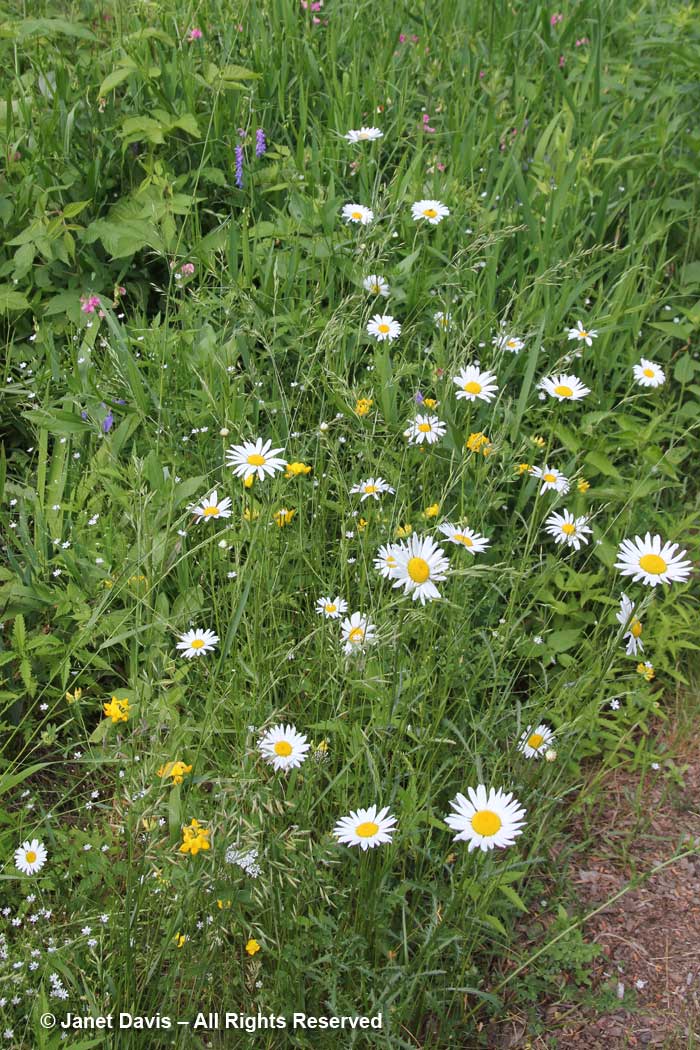
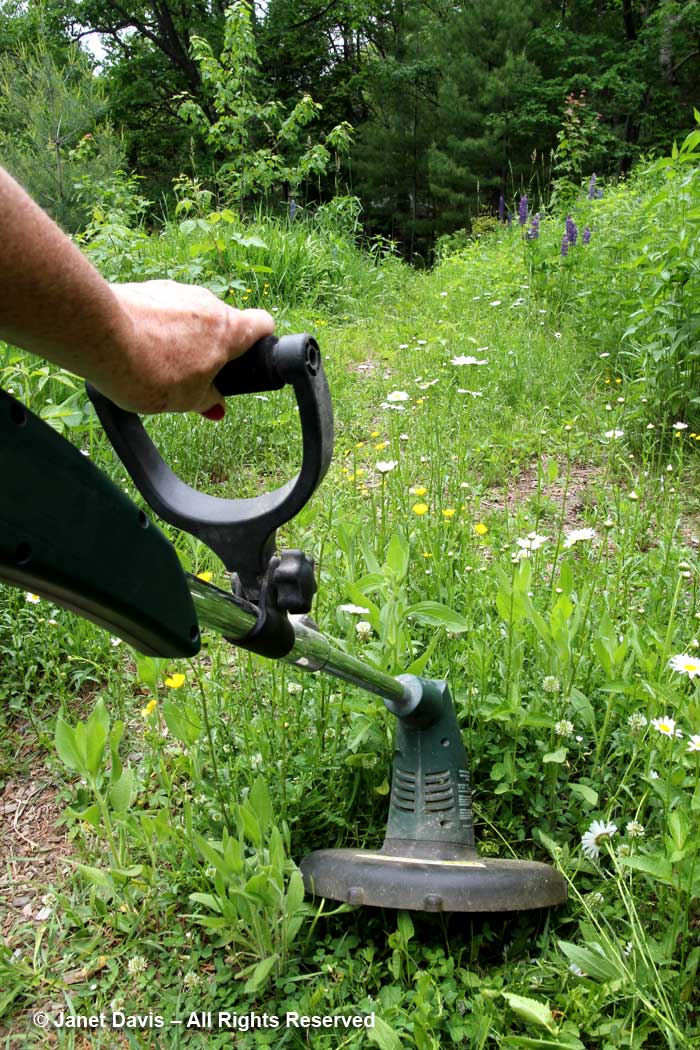
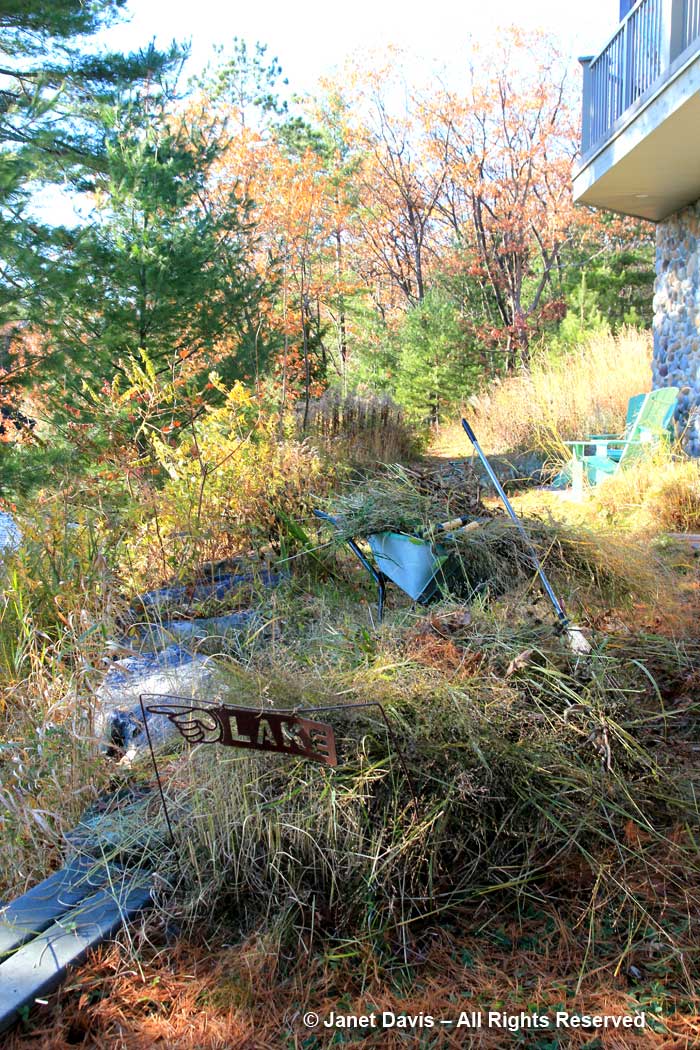
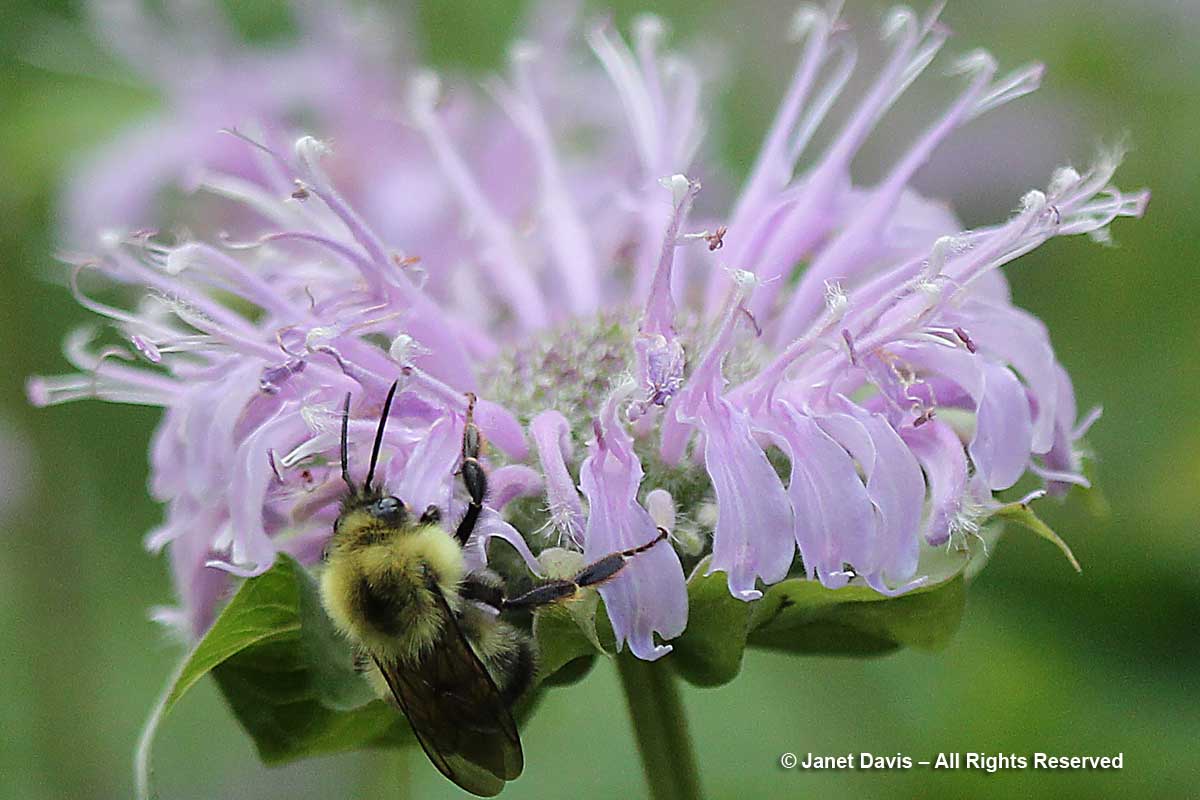
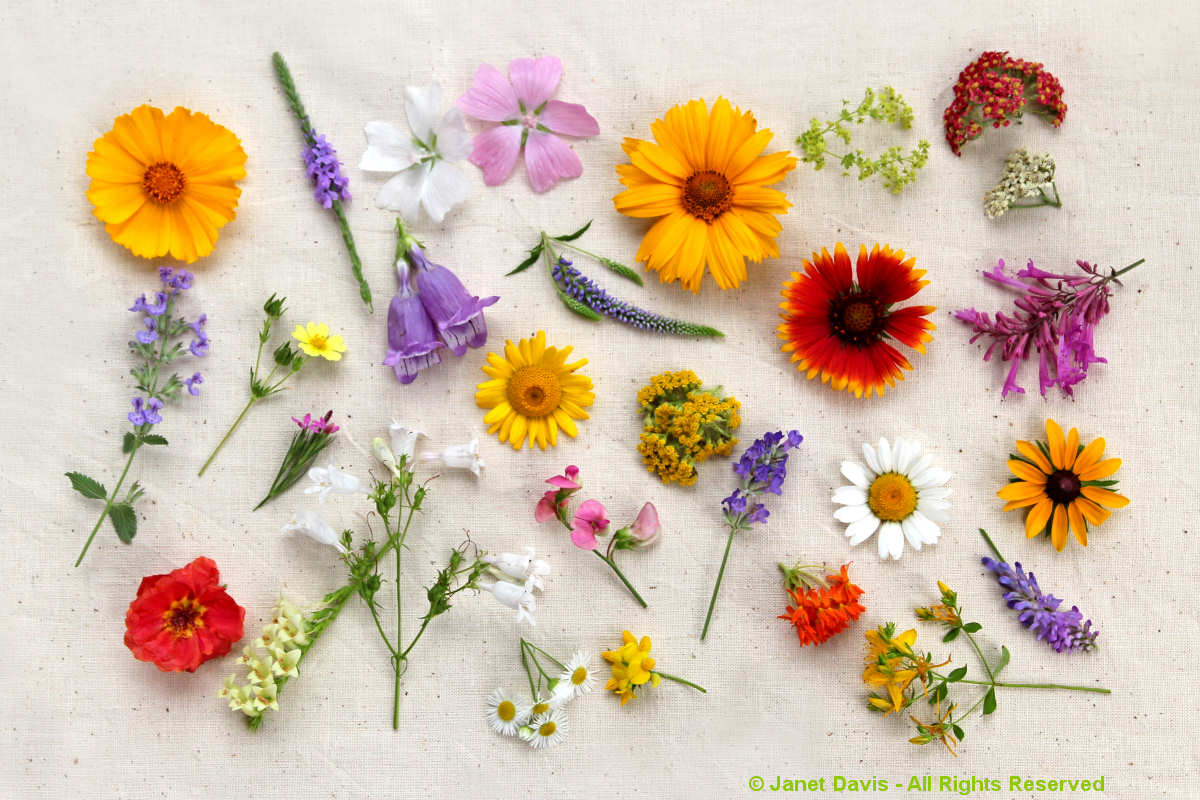
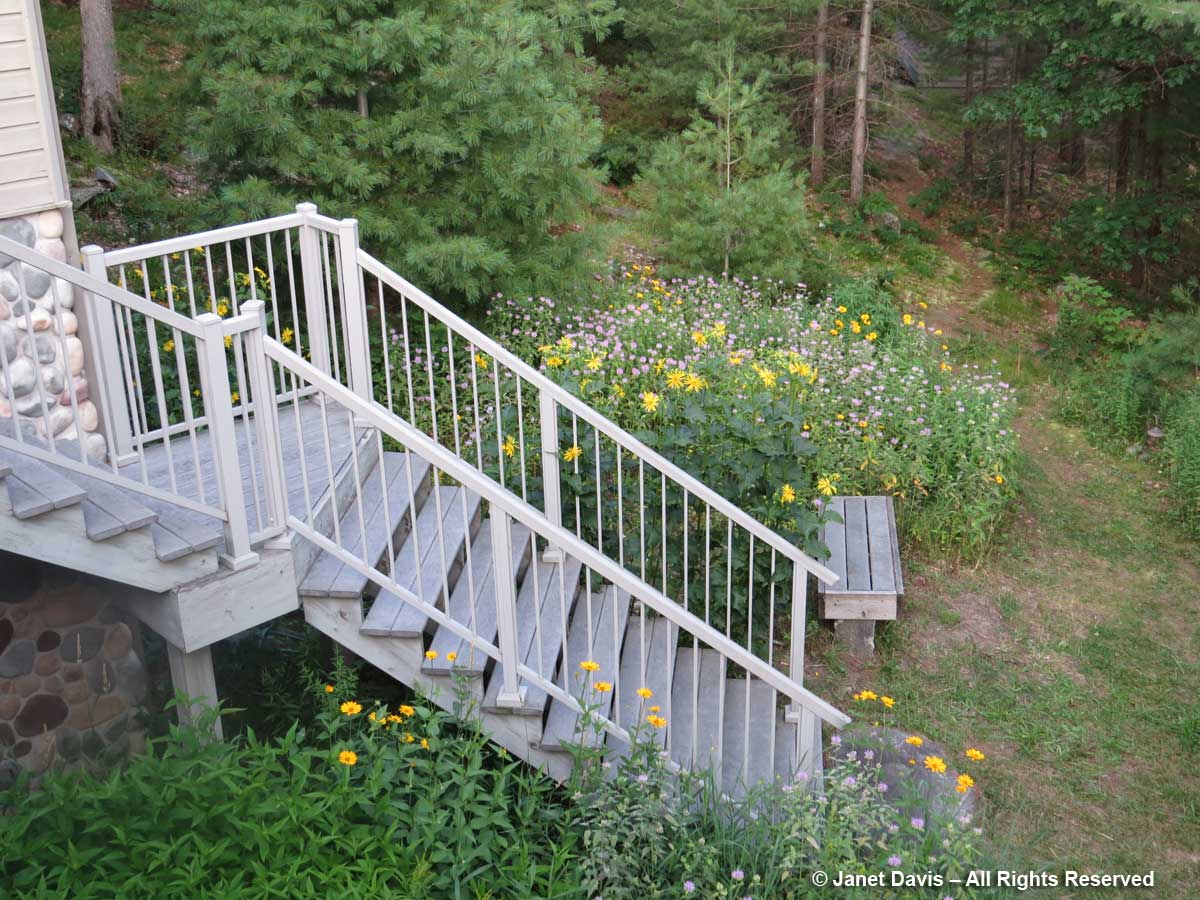
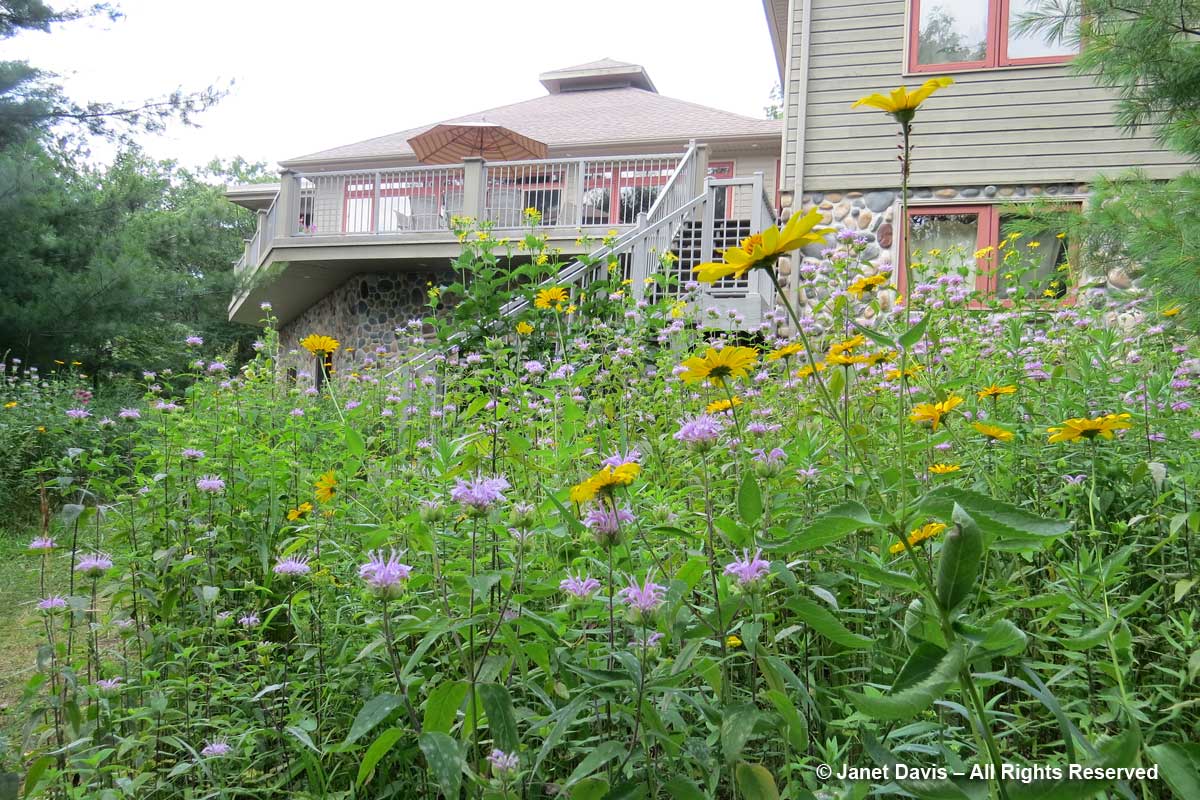
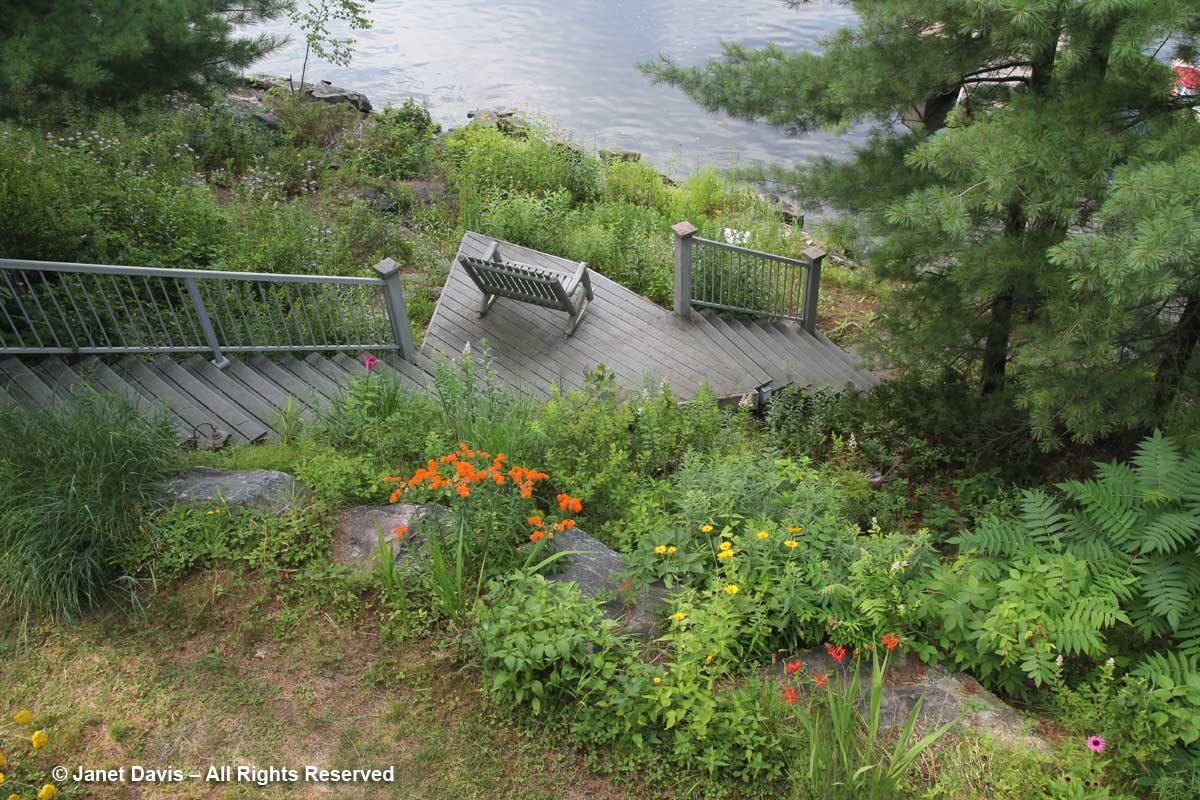
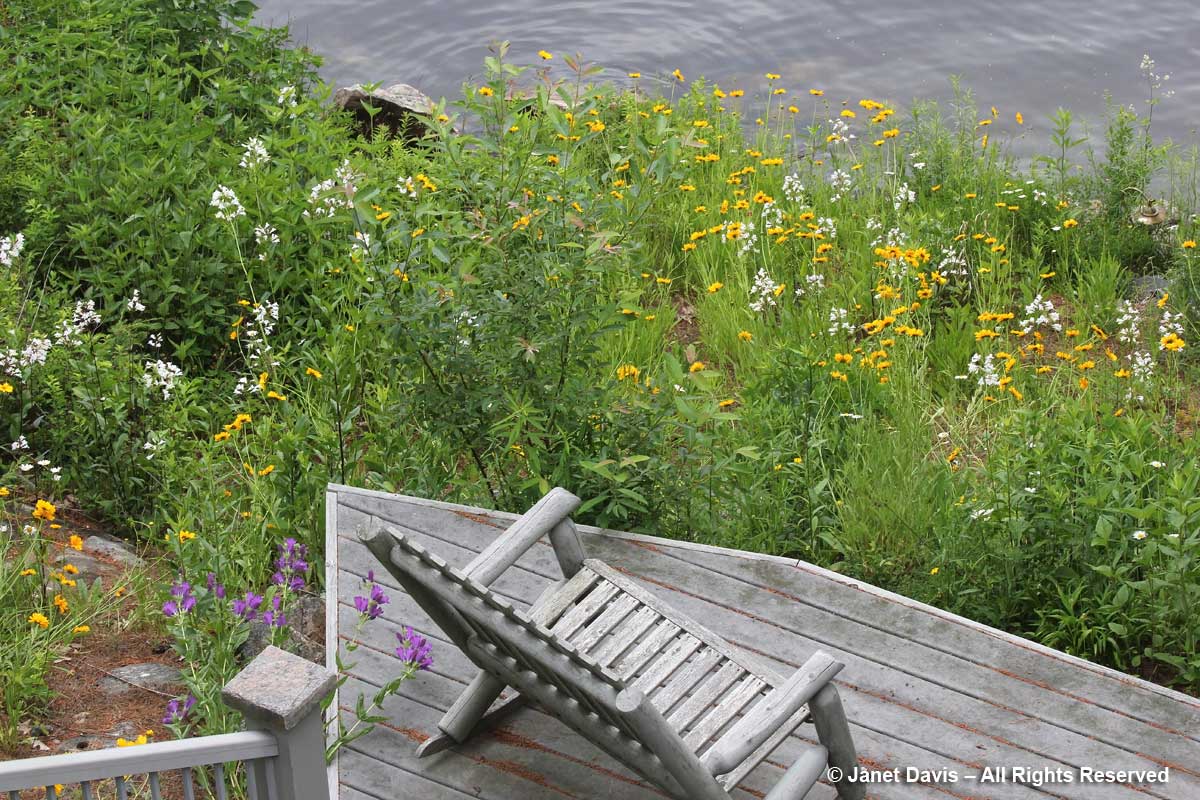
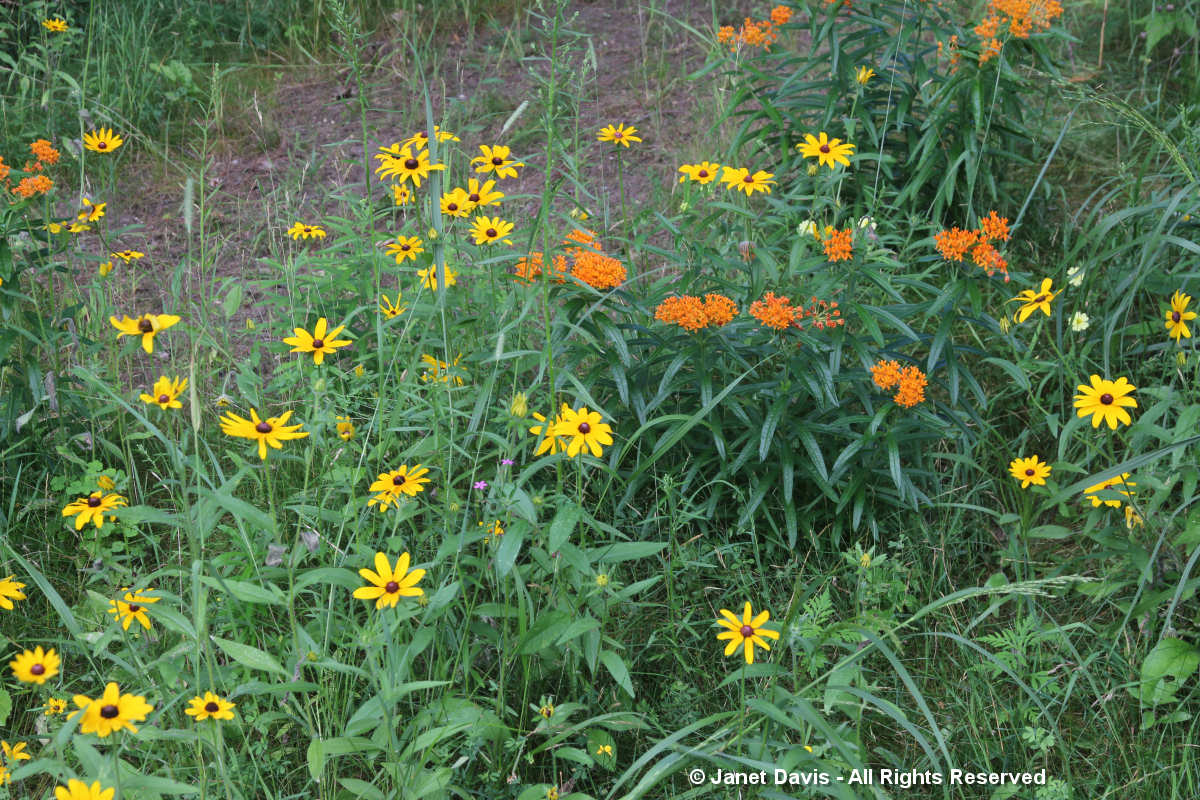
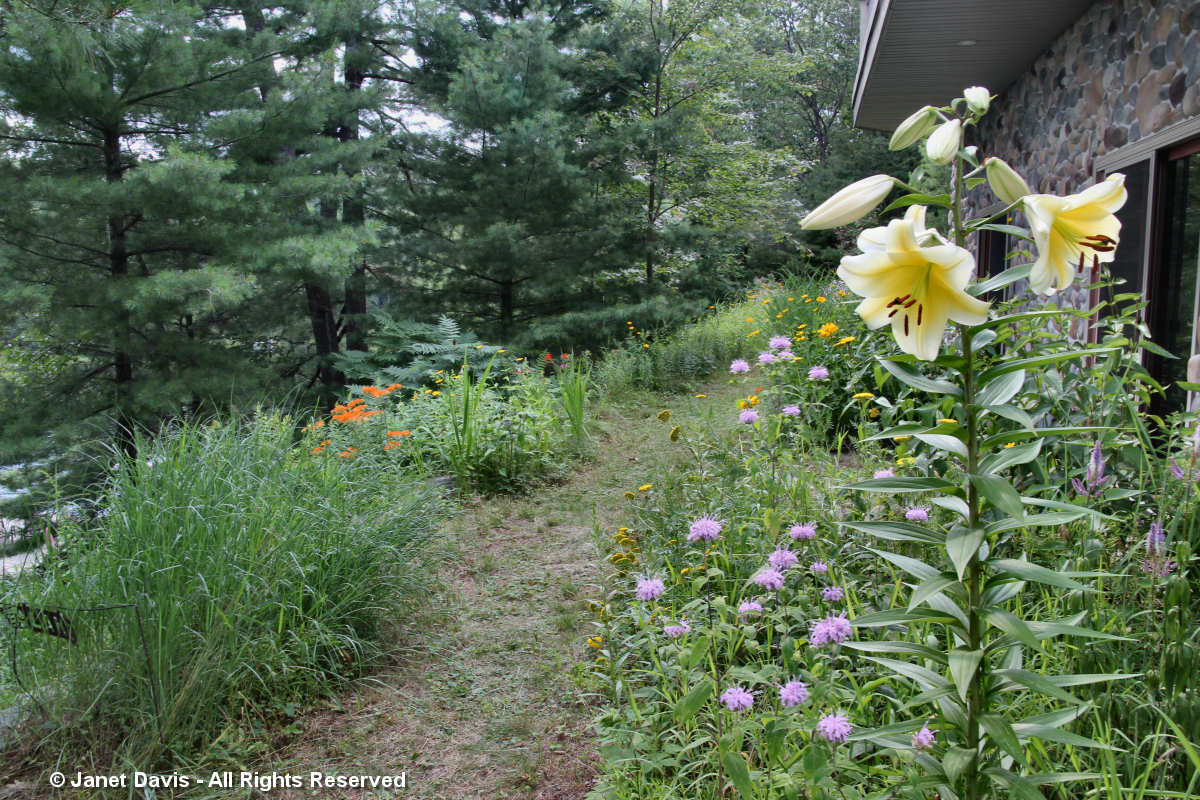
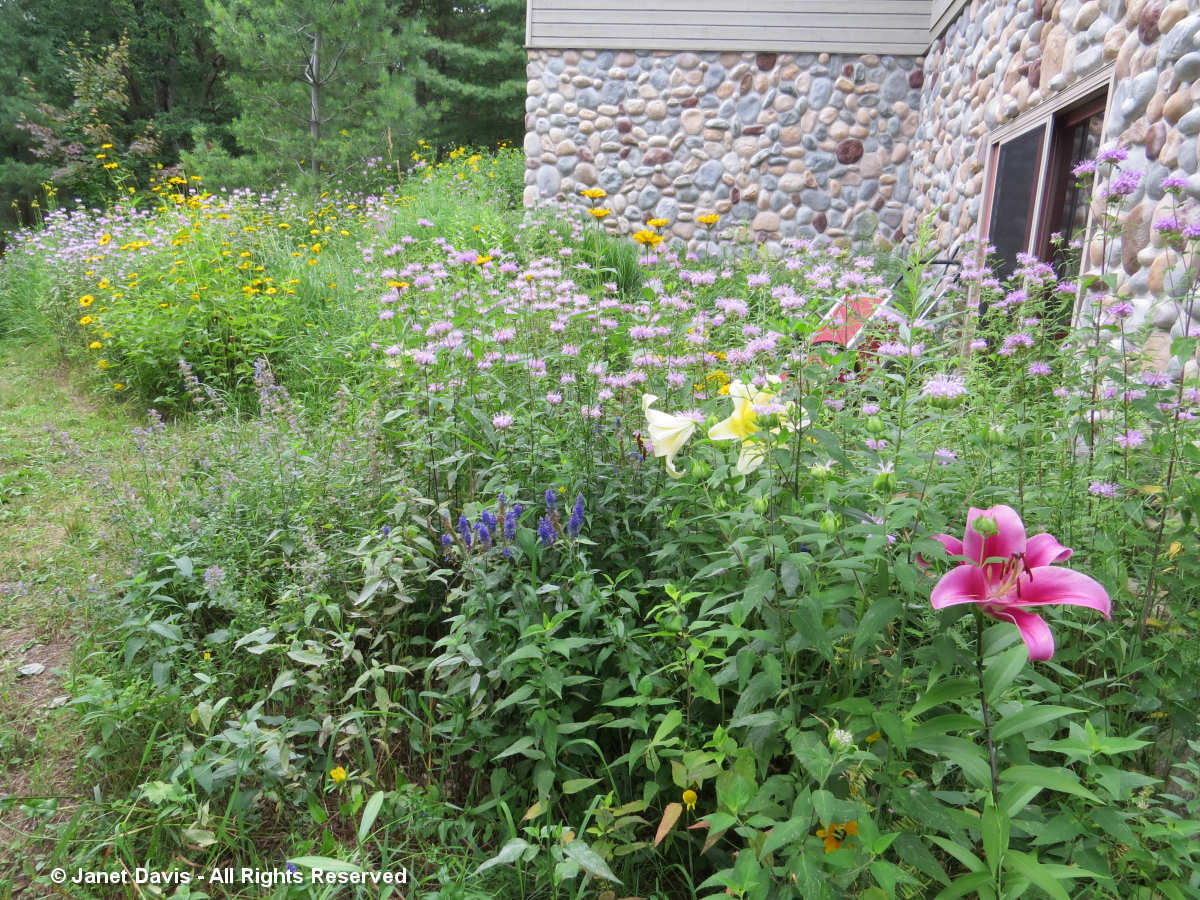
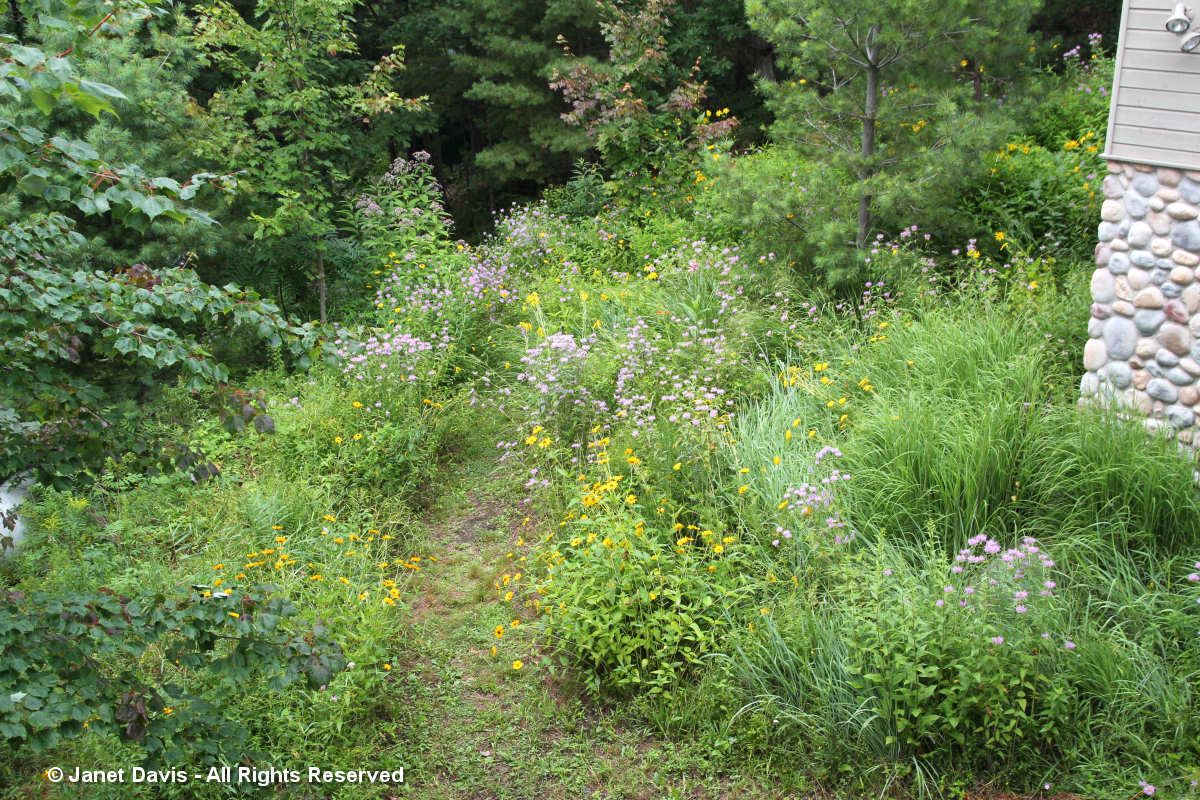
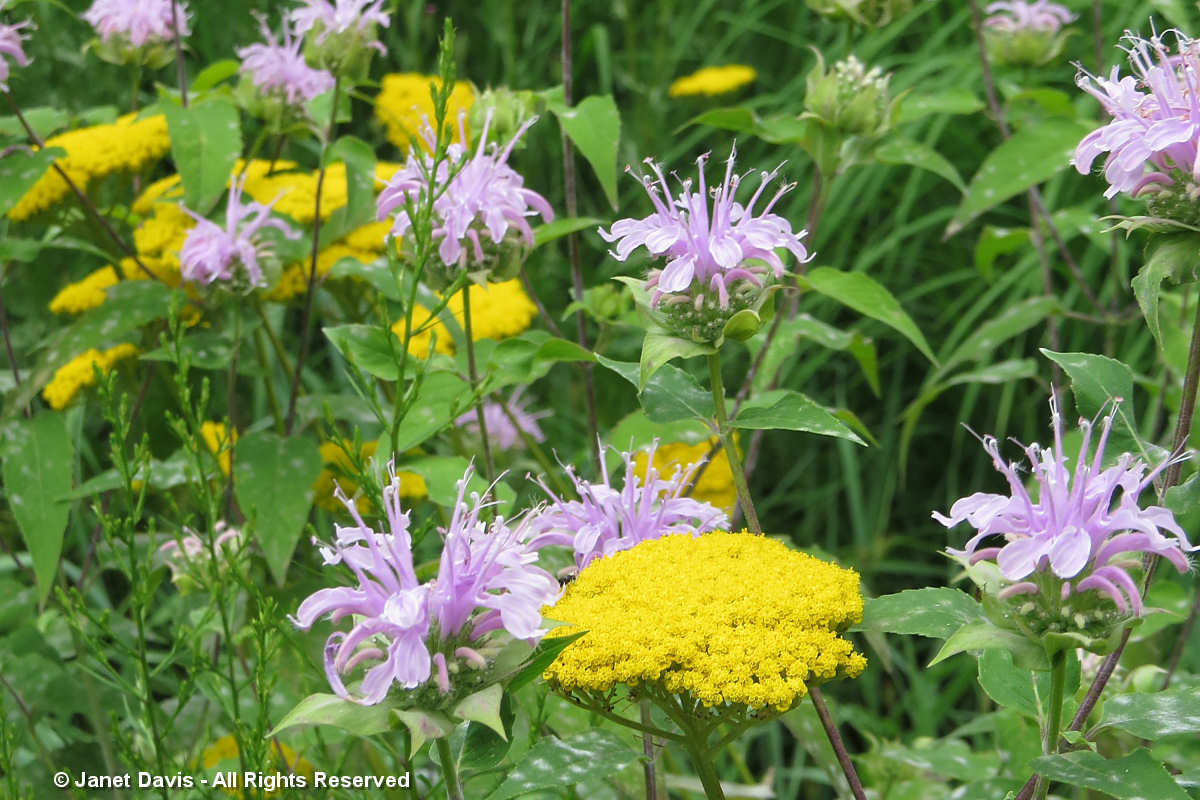
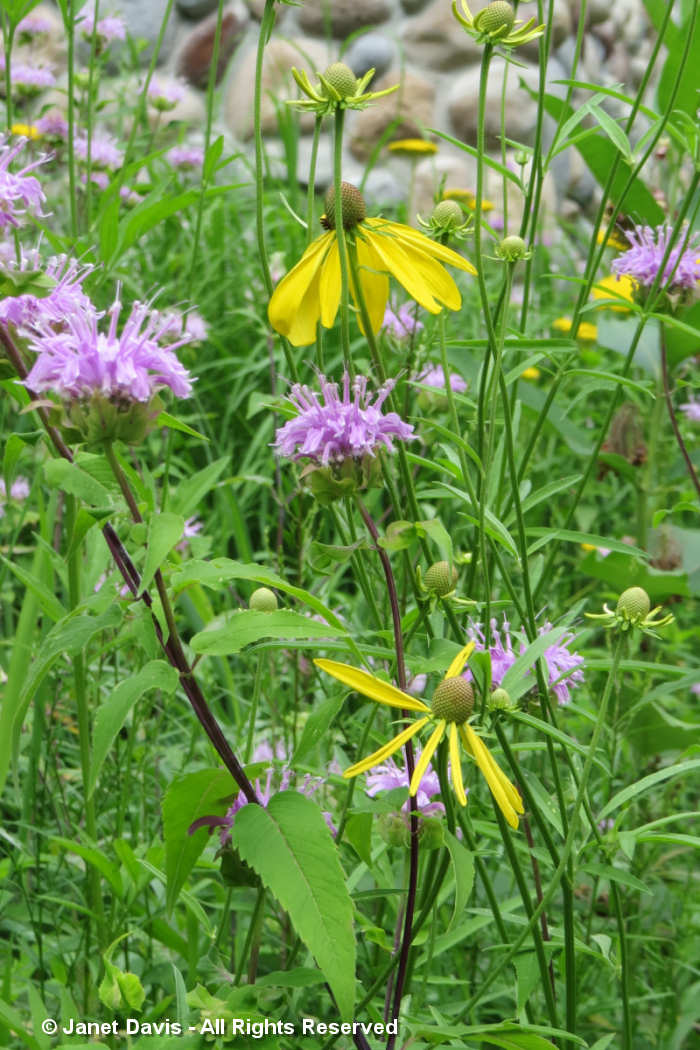
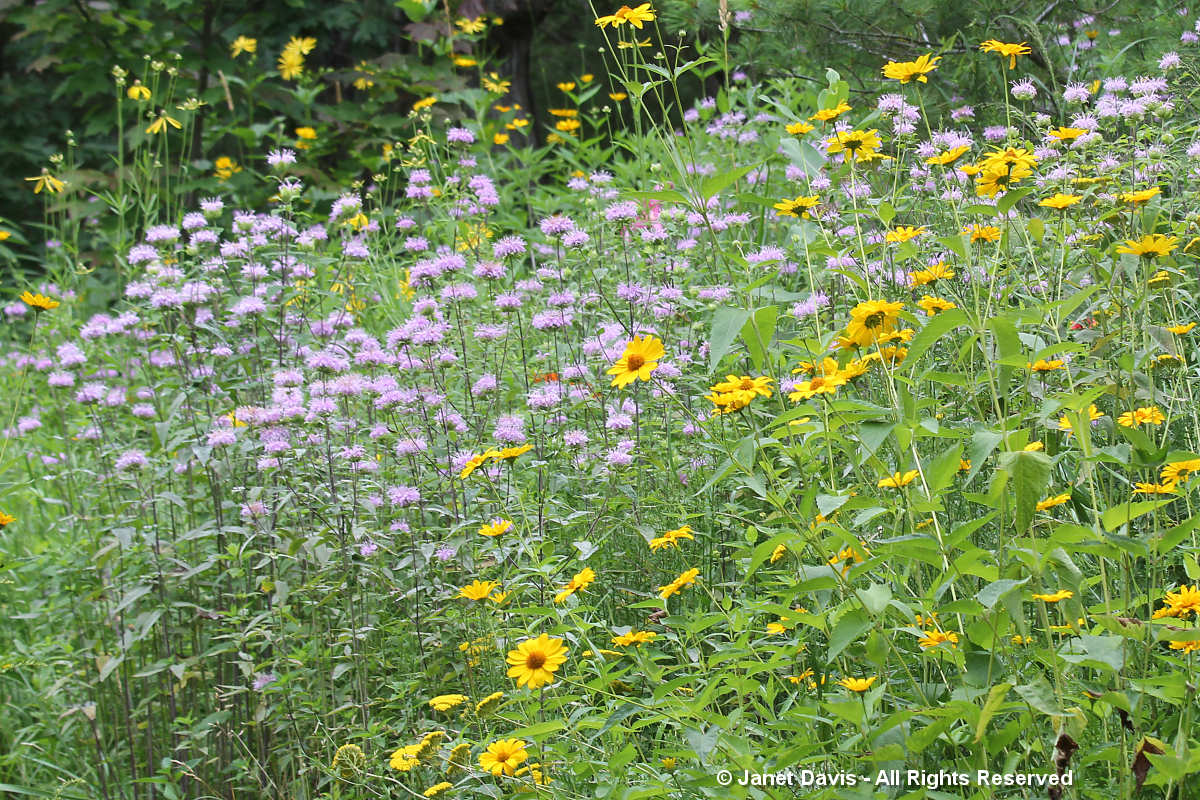
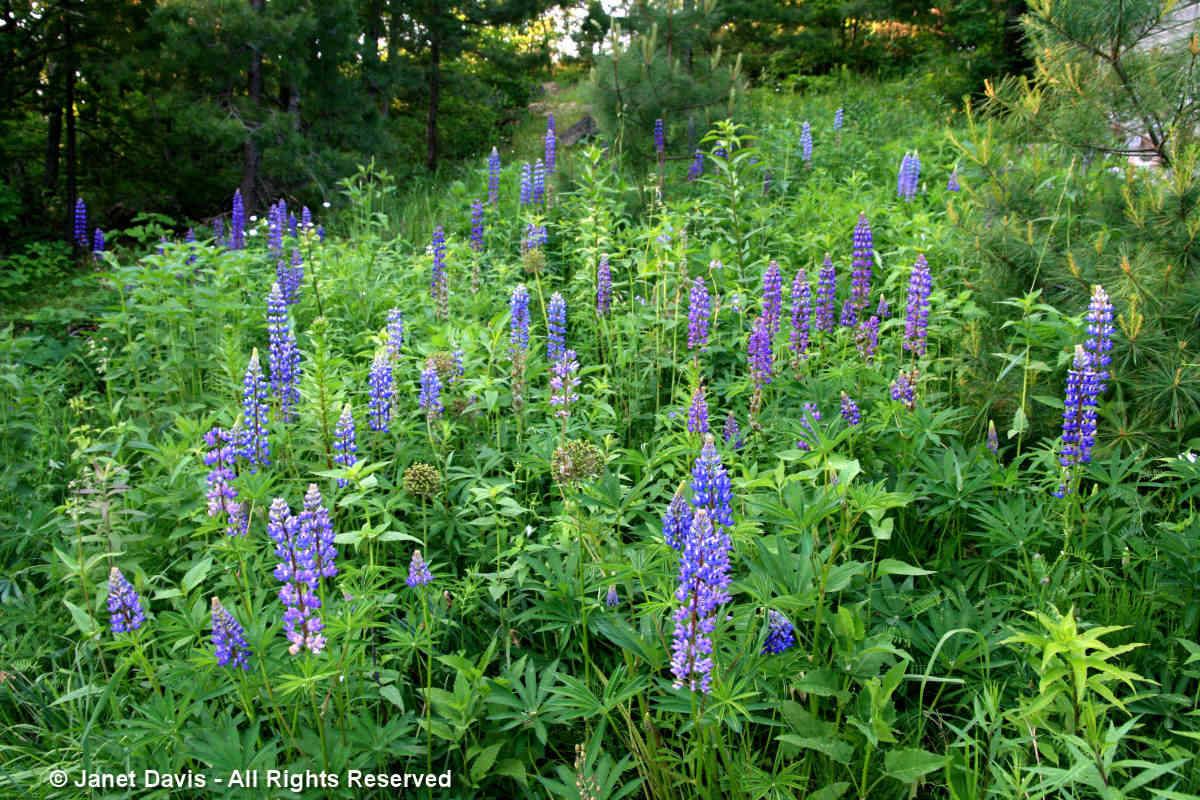
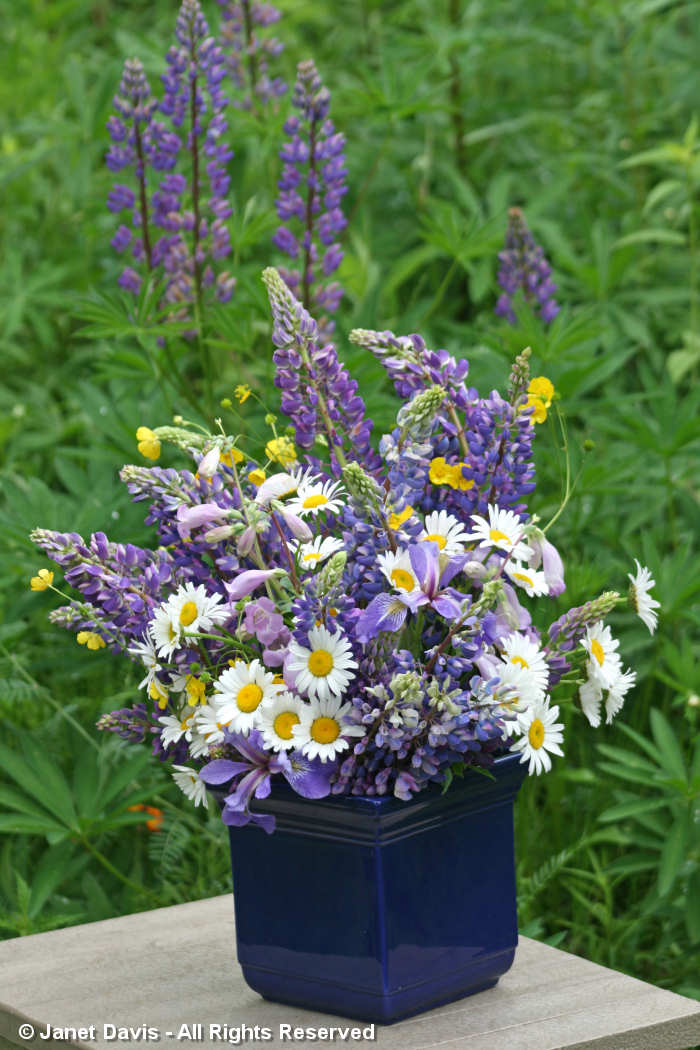
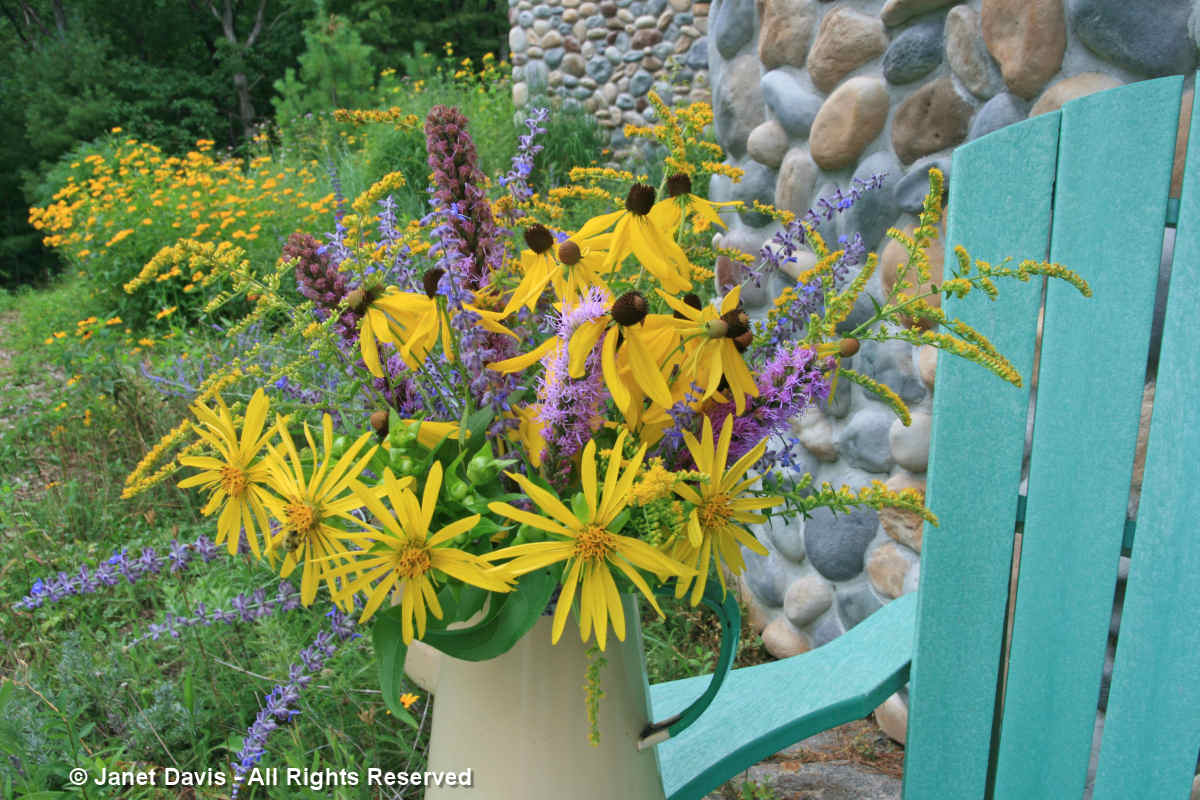
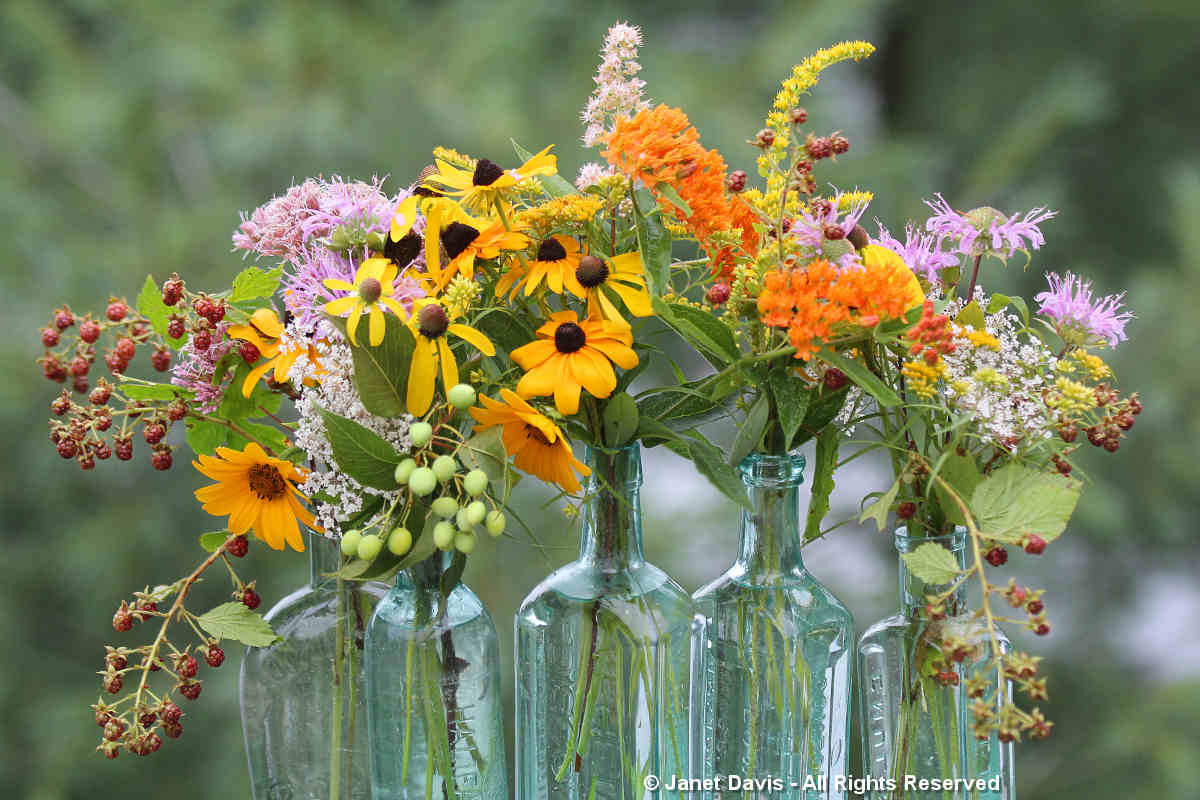
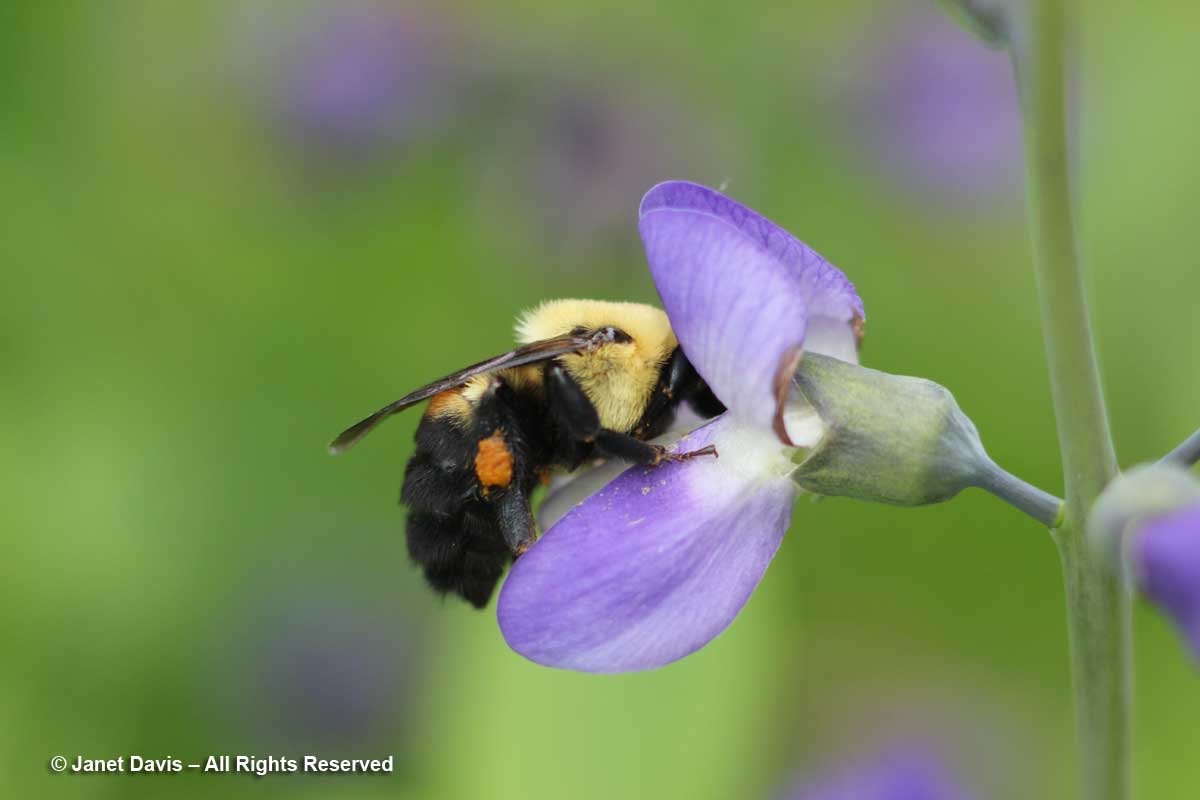
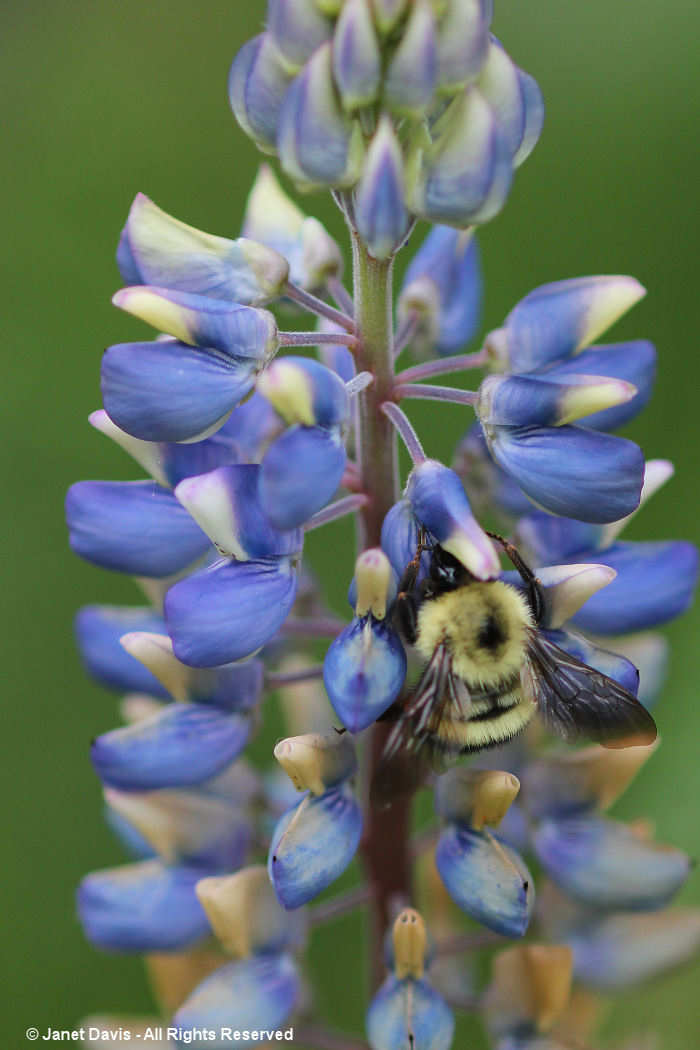
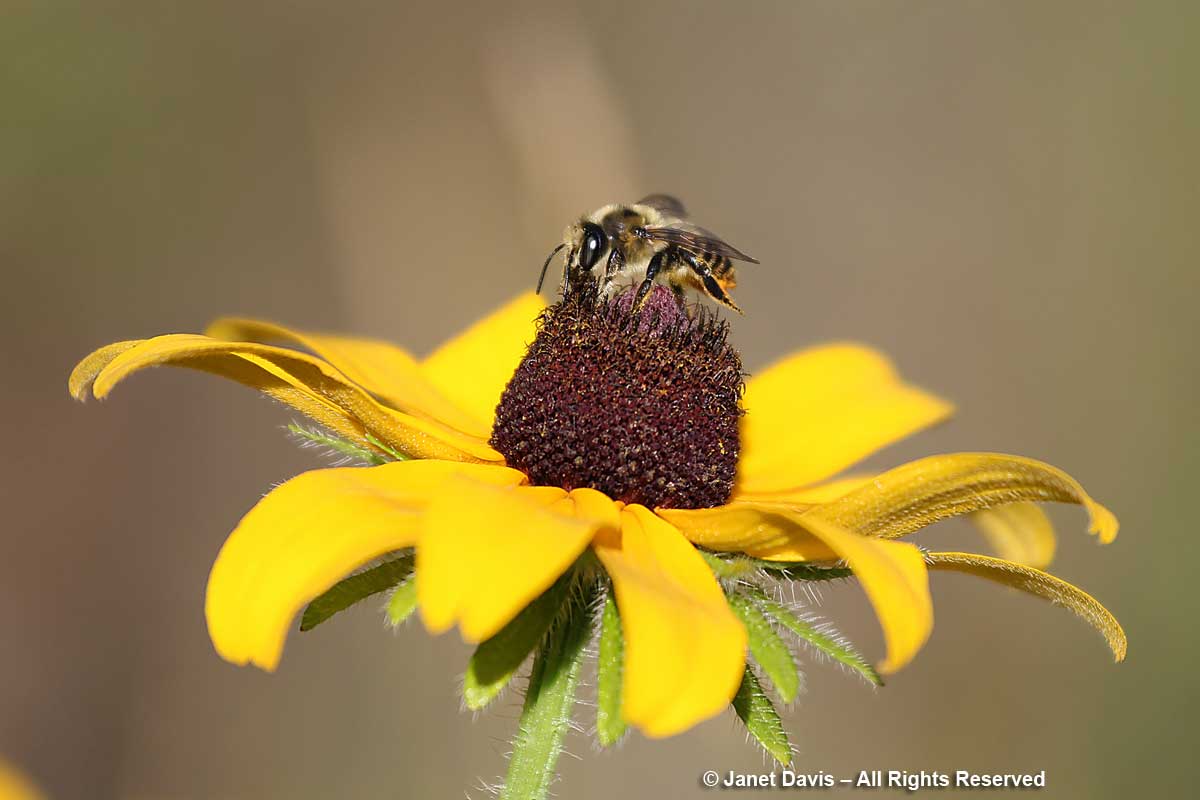
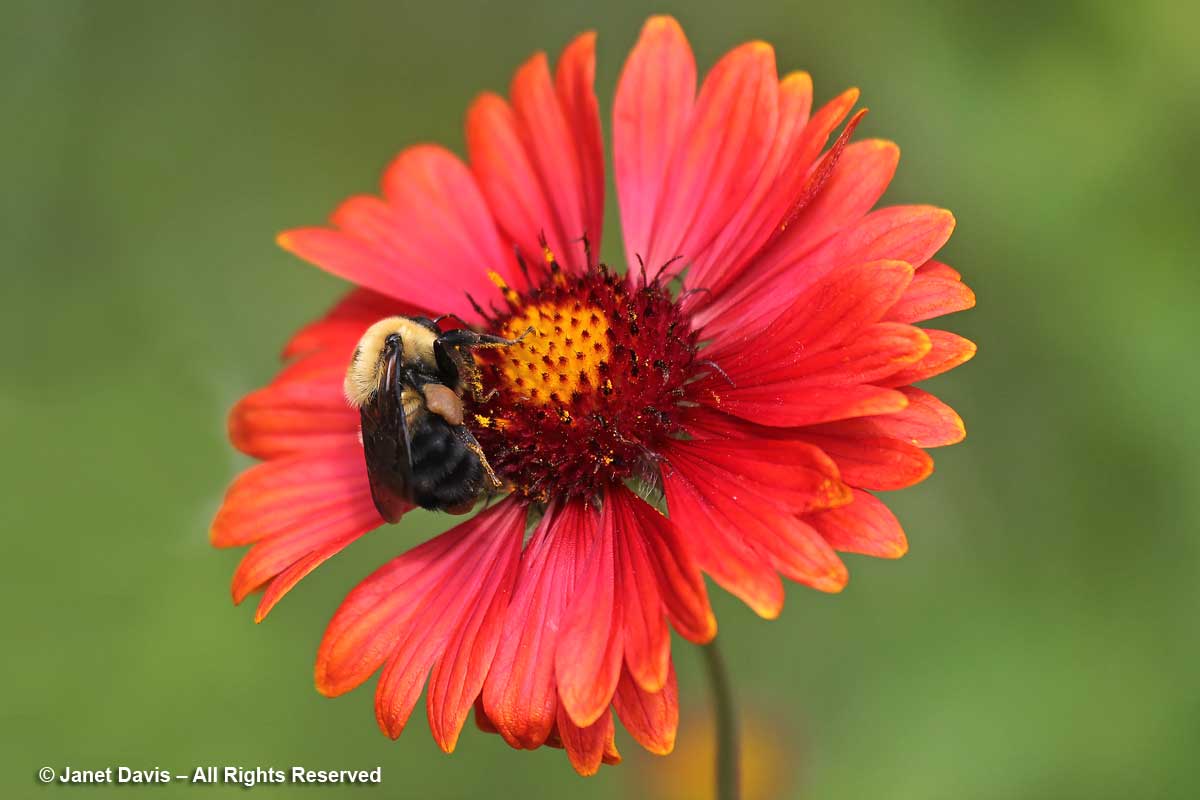
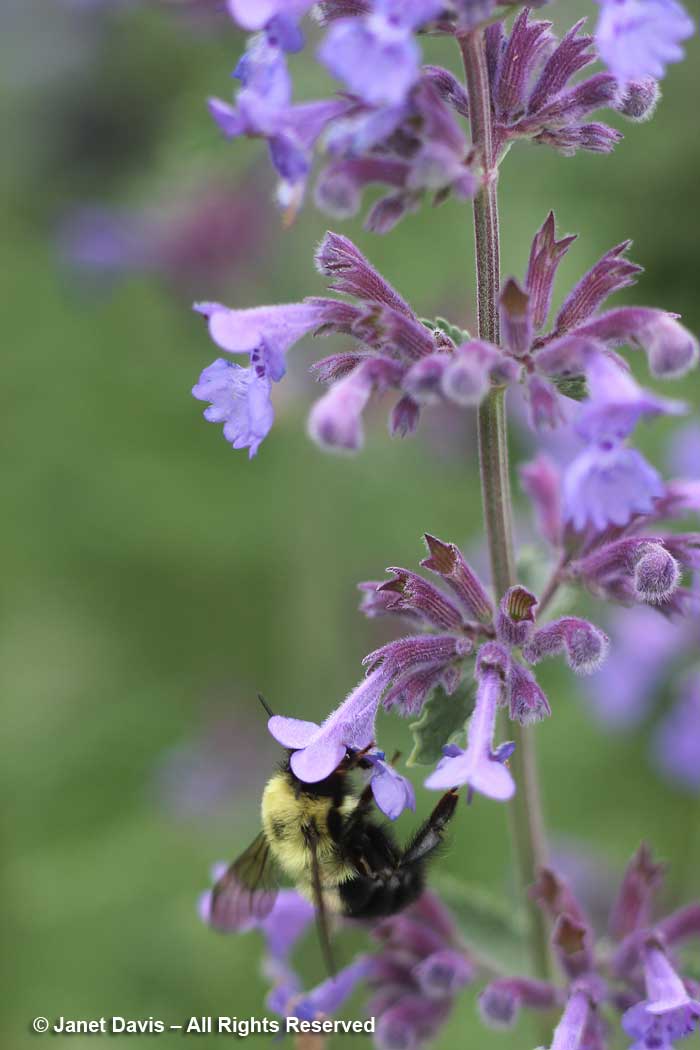
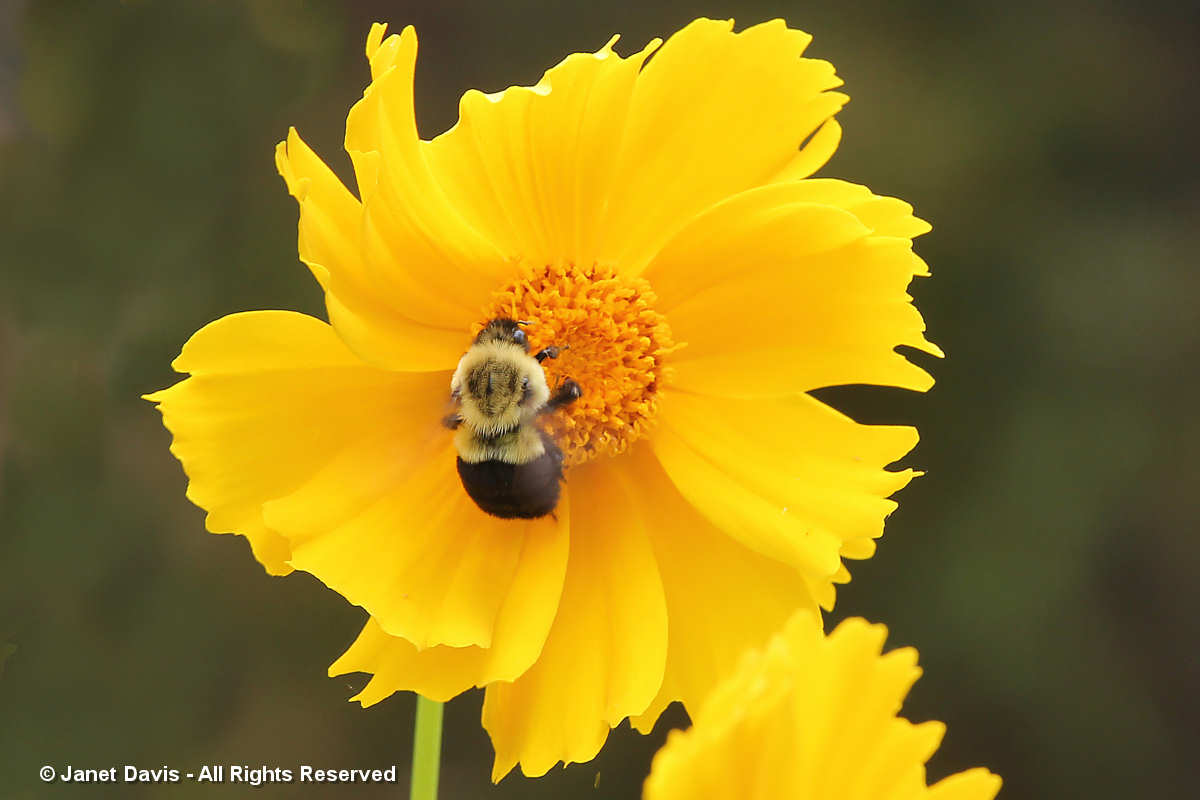
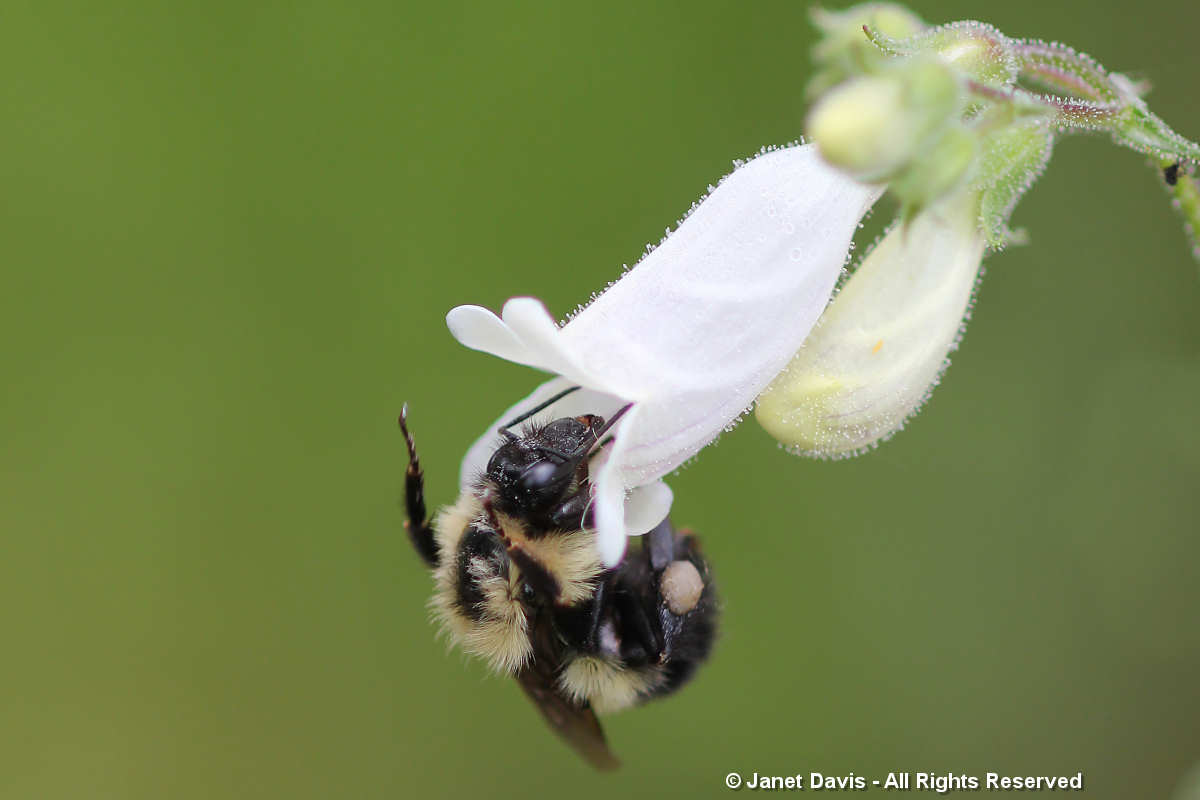
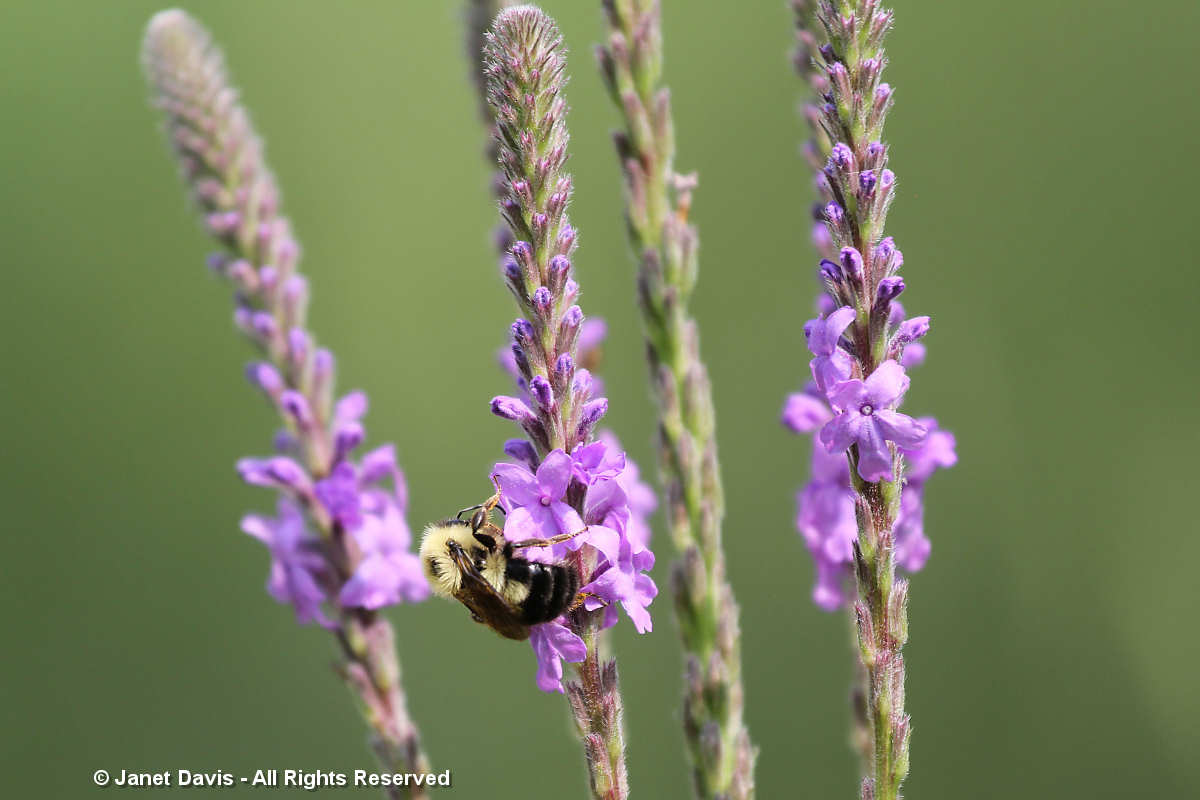
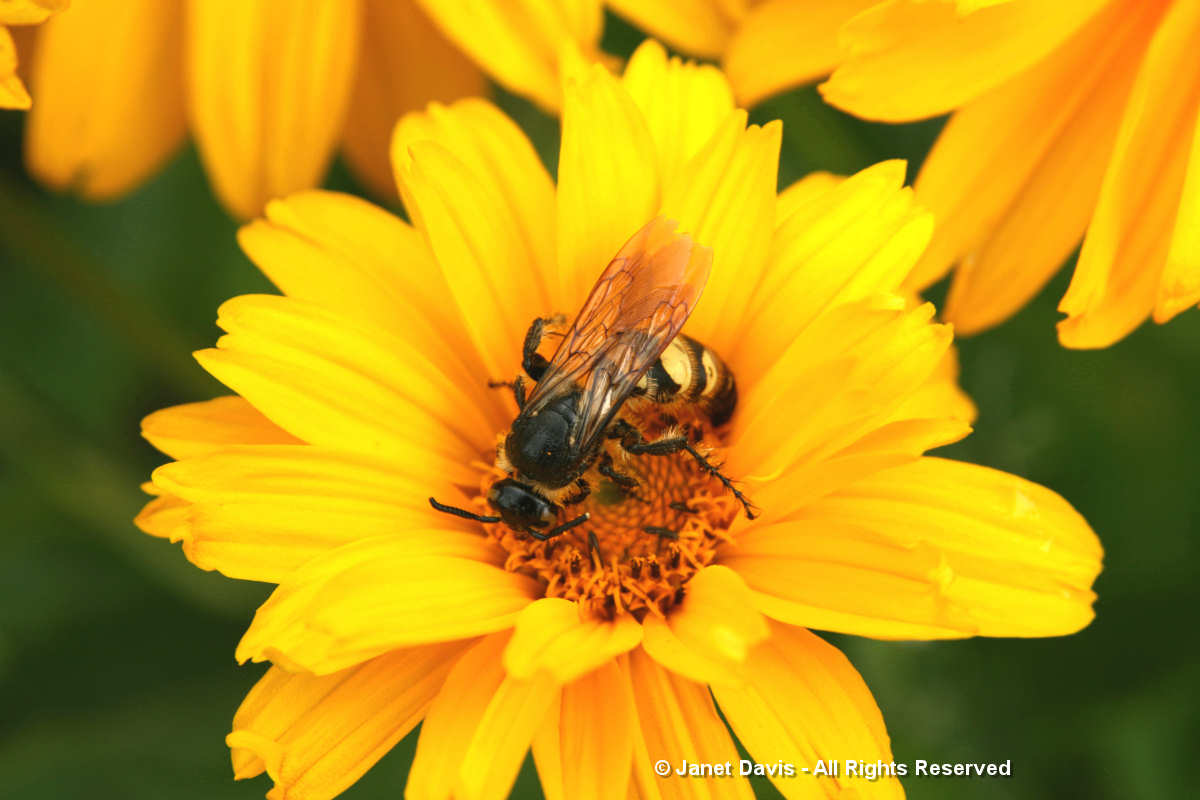
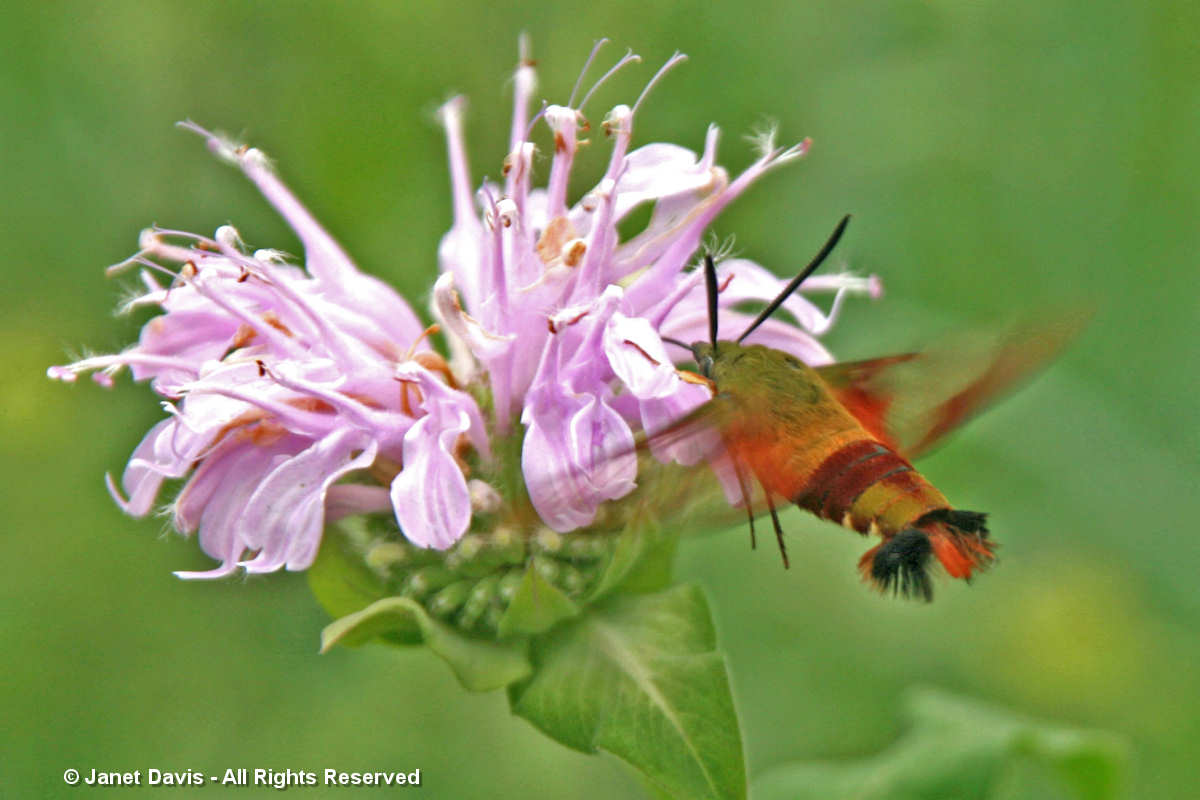
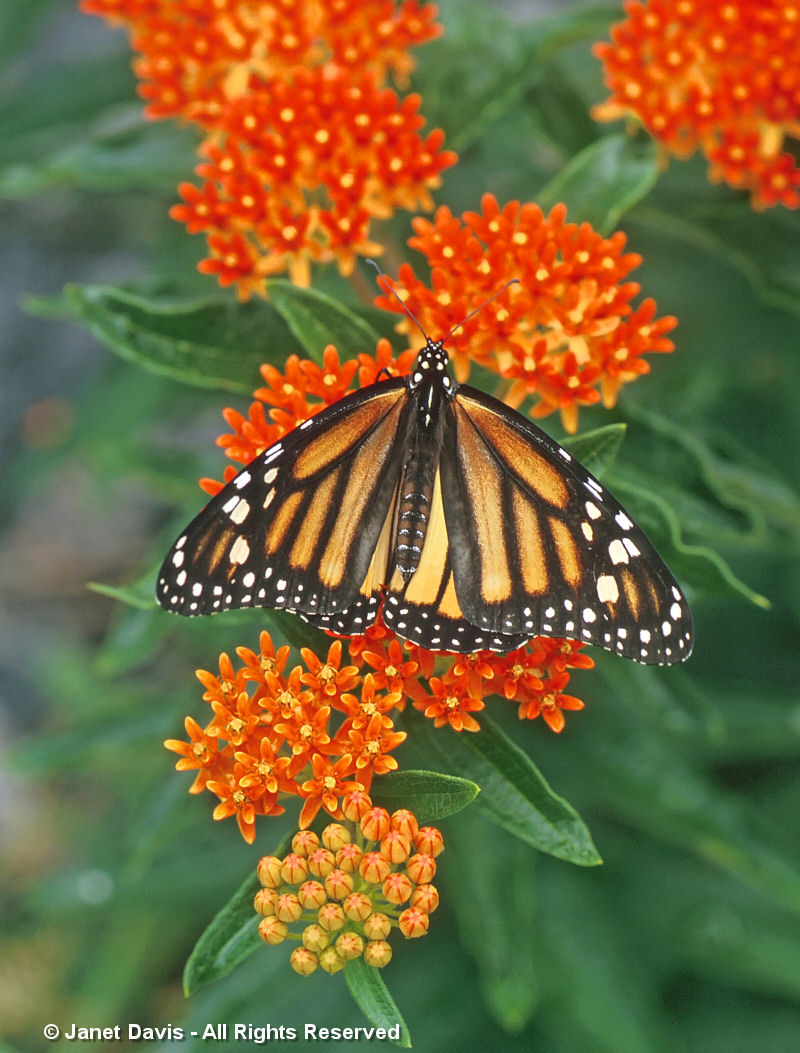
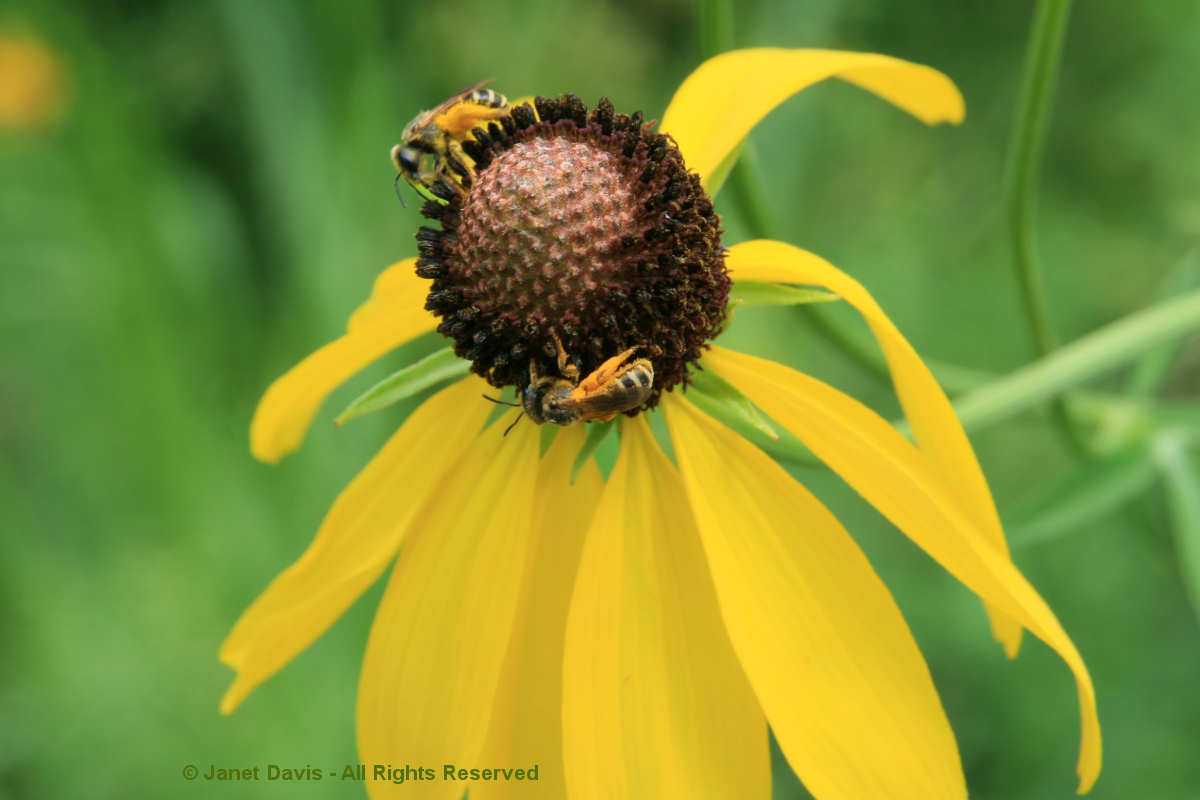
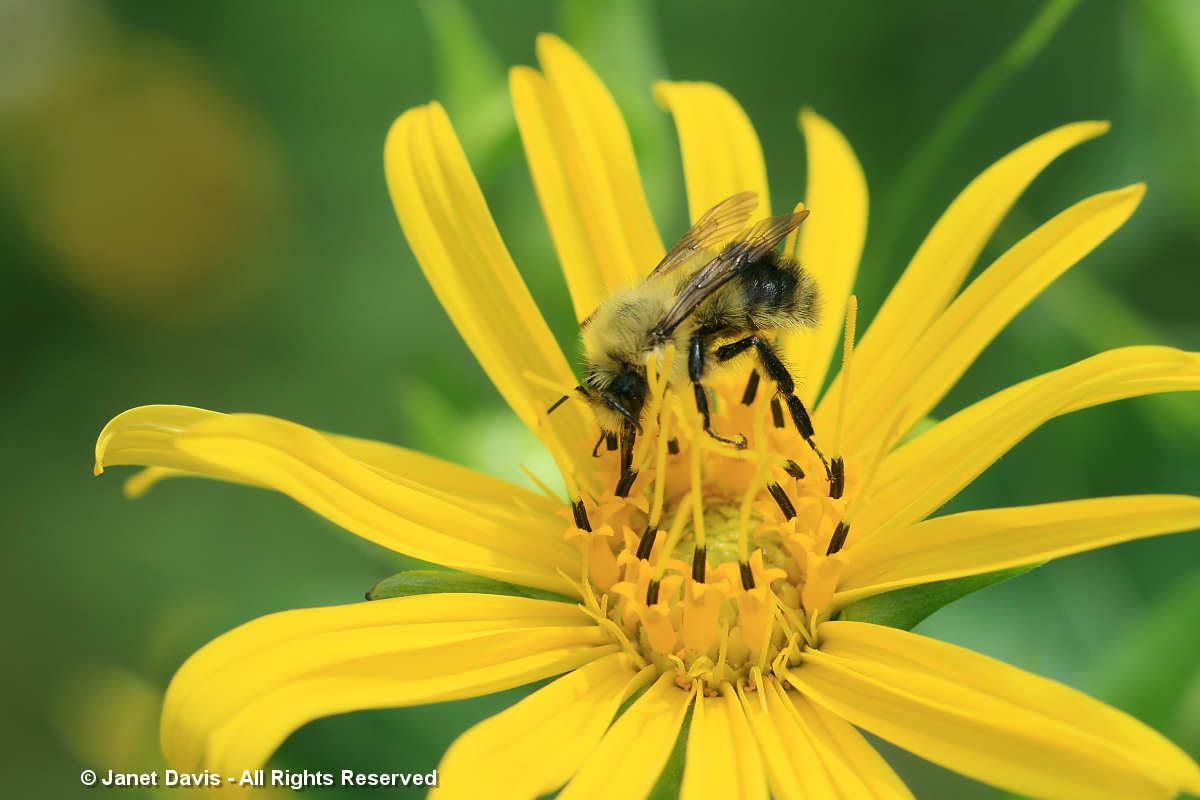
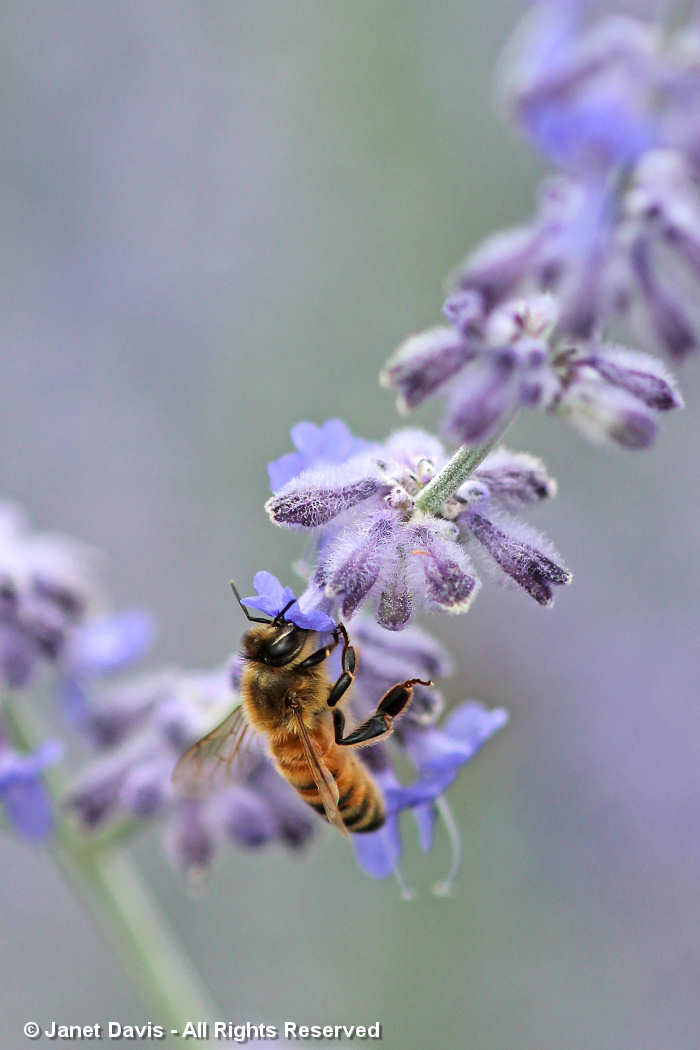
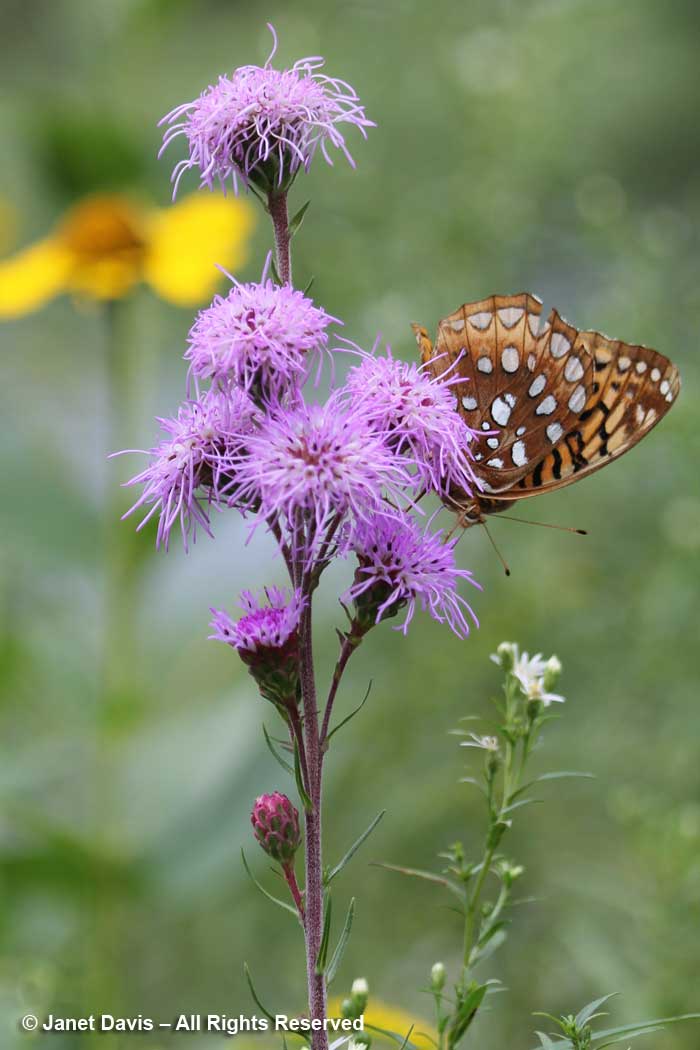
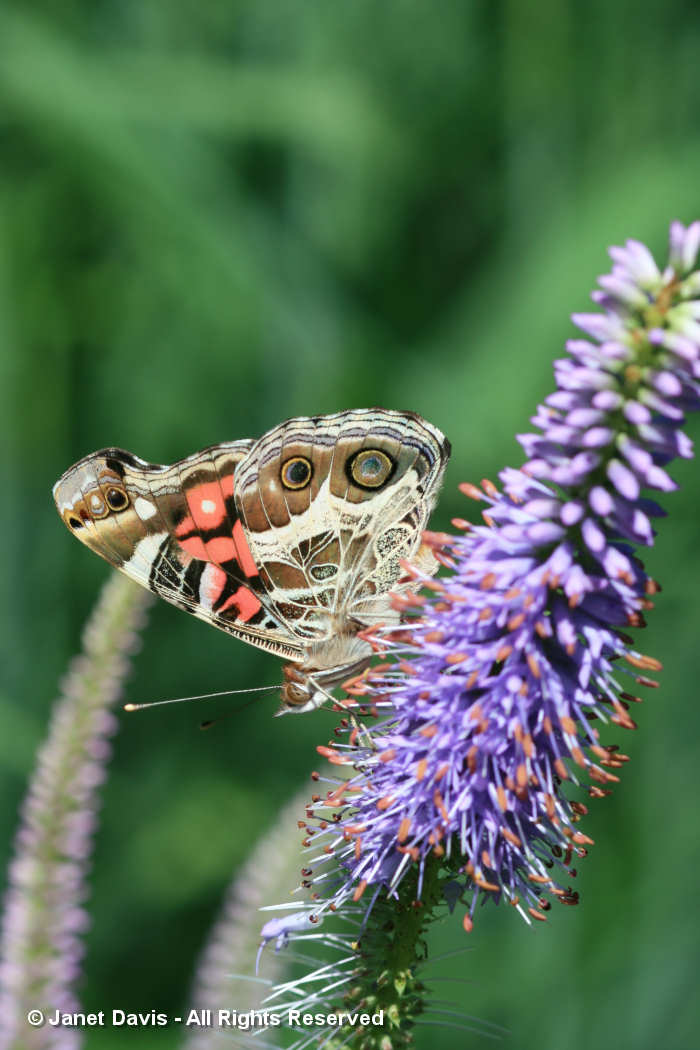
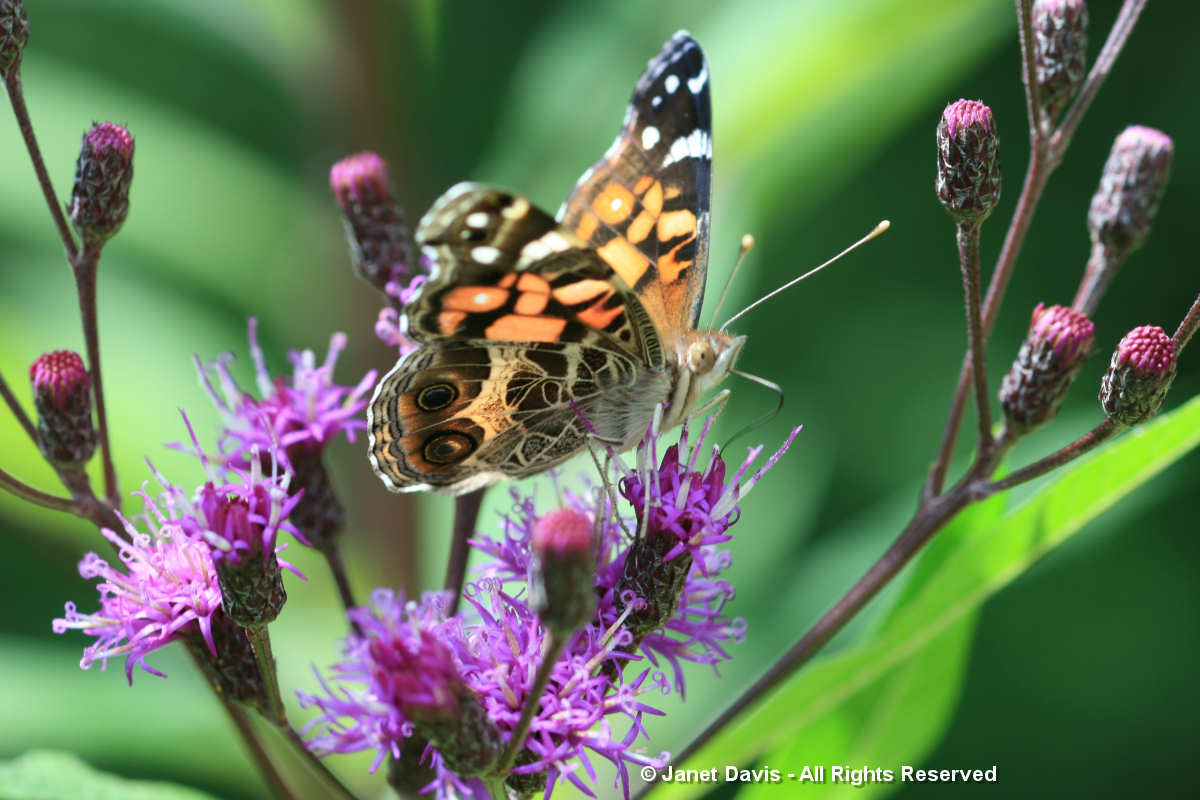
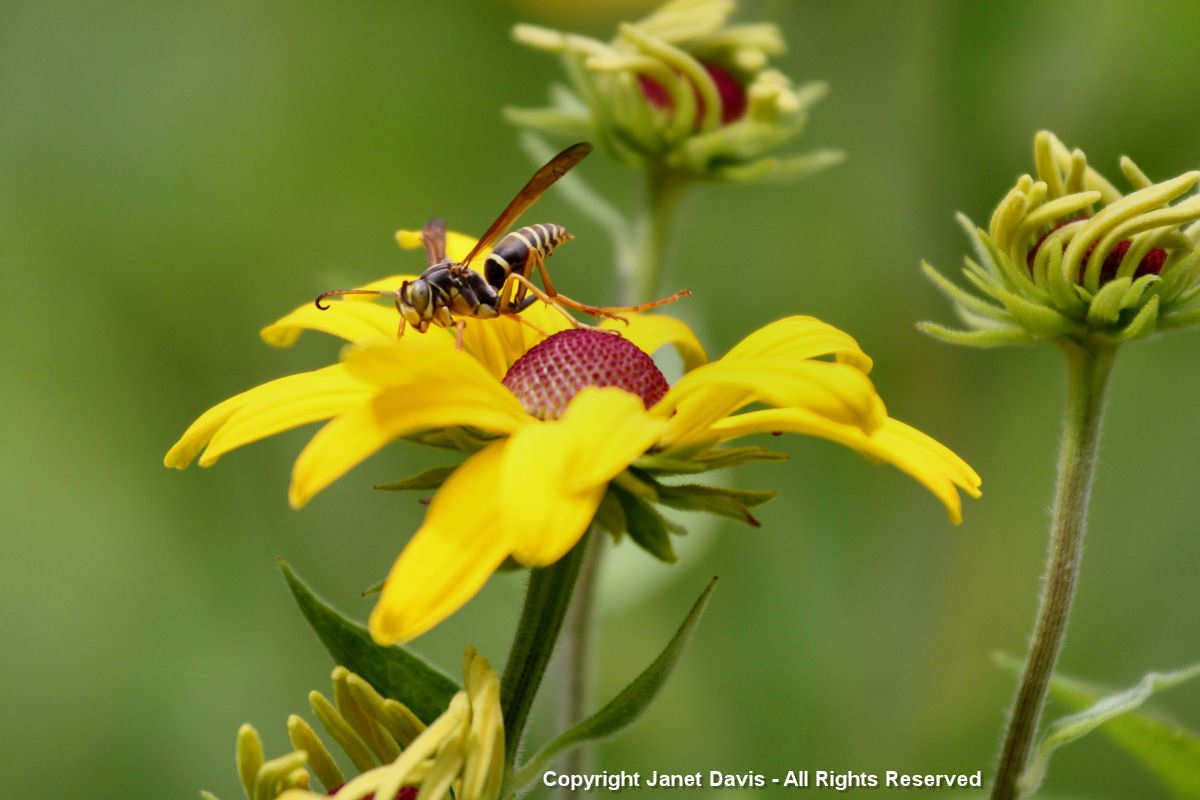
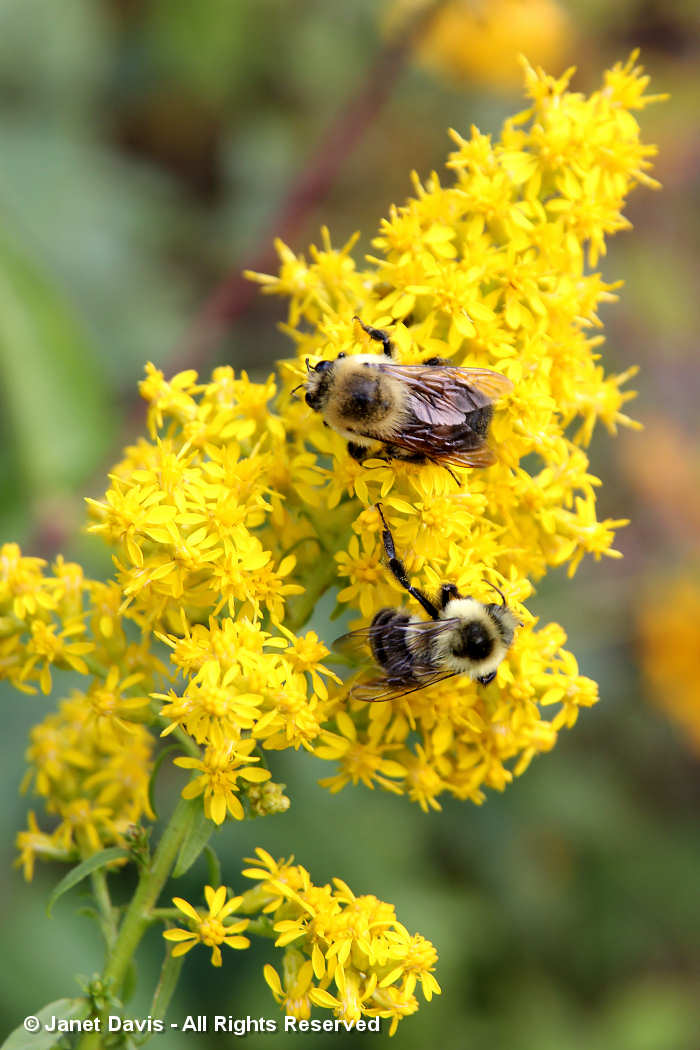
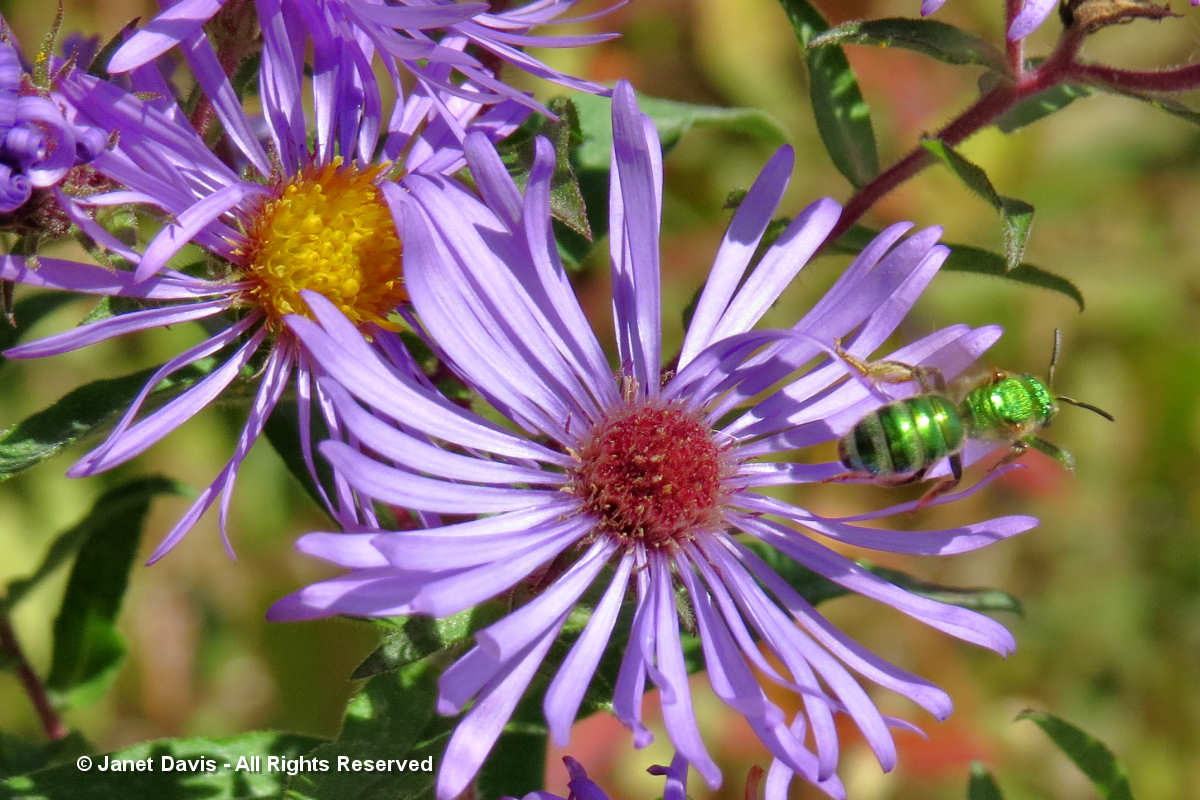
Lovely garden – nice to see the reclamation and progression!
Thank you, Cohan! It’s been a joy to chronicle the year-to-year changes. With a meadow, you’re never quite sure what’s going to happen!
This makes my heart go pitter patter. Beautiful! Fantastic photography. Thank you for putting this up.
Thank you Ellen. Happy to make your heart beat fast!
Beautiful! I love the way you worked with nature and complemented it. Great plant list and videos. Saving this blog!
Thanks, Laurin! From you, the designer — a true compliment.
Such a pleasant stroll in your natural garden, most inspiring to me as I also try to maintain a garden in the country on a lakeside. I share your ideas ,you’ve accomplished wonders and put in great concepts that over the years bear fruit. Thank you for sharing and being a great source of inspiration! Amitiés,René xx
Merci beaucoup René. It’s a challenge and a joy to garden this way. I just watched my nephew and grandchildren walk down the path and part the wildflowers bearing bumble bees (we had a rain, and they’ve collapsed a little) so I hope one or two of them discover the satisfaction of ‘gardening wild’. Good luck with your property! You are an inspiration to many as well. xx
It’s taken me a while to read and absorb this post. Wow, Janet, what an amazing garden you’ve created. I love seeing the changes over the years. And the photography is splendiferous!
Thank you, Pat! I’ve loved seeing your contemplative approach to your own beautiful garden – art that is both leafy and cerebral.
Hi!
Thanks for this labour of love. I am looking for a resource of seeds of a specific wild flower. Growing up in Bracebridge, I knew it only as “devil’s paintbrush”. I used to see it everywhere on the farm, and in the forest meadow areas. This name, however, seems to be a local thing. I have reason to suspect that it is actually called “orange hawkweed”. (?)
Do you know of this plant, and where I might find seeds?
Hi Brian – Thank you! I’m not sure you’ll find seeds in Canada for orange hawkweed (Hieracium aurantiacum) because it’s considered an invasive plant. I found some in flower on a local golf course and there were some that had gone to seed so I sprinkled them around. I don’t find they’re as easy-going as the very weedy yellow ones.
Can anyone recommend a great gardening book or magazine? My niece has bought a cottage in Port Carling and she is keen, but new to gardening. I am a Vancouver Island gardener, so not up to speed on the Muskoka gardens. Thinking Christmas! Any suggestions appreciated!
We now live full time at what once was our cottage on Little Whitefish Lake, which is close to your place. We did quite a bit of work to make this cottage our “tiny” home. We have been working on landscaping it for the past 4 or 5 years, and 2 springs ago we have cleared off some of the rock (which was mainly brambles and scrub brush) to build a vegetable garden in raised beds. Our new project is to build a small green house, since we grow everything from seed. We have now started some wild flower gardens that have again been started from seed collection. Most of the plants at our house were grown from seeds grown under lights on our sunroom (formerly a screened in porch). Now, 4 0r 5 years later, our gardens are beautiful and thriving. We are learning a lot about building a greenhouse, and rotation gardening. I found your article inspiring for our wild flower gardens. I’m a seed collector (and thrower), so here we go!
Diane
Diane, thank you! Best of luck with your wildflower seeding. I find the cottage meadows so easy and rewarding, compared to my garden in the city. But I envy you your vegetable garden. I haven’t yet tried one — the groundhog-outsmarting I’d have to do makes me kind of weary!
Hello Janet,
Your garden is full of life, it’s natural and beautiful! I am inspired by your taste.
I would like to ask you for an advice. What kind of plants would you recommend if the area around the cottage is mostly in the forest and not fully in the sun
Thank you very much.